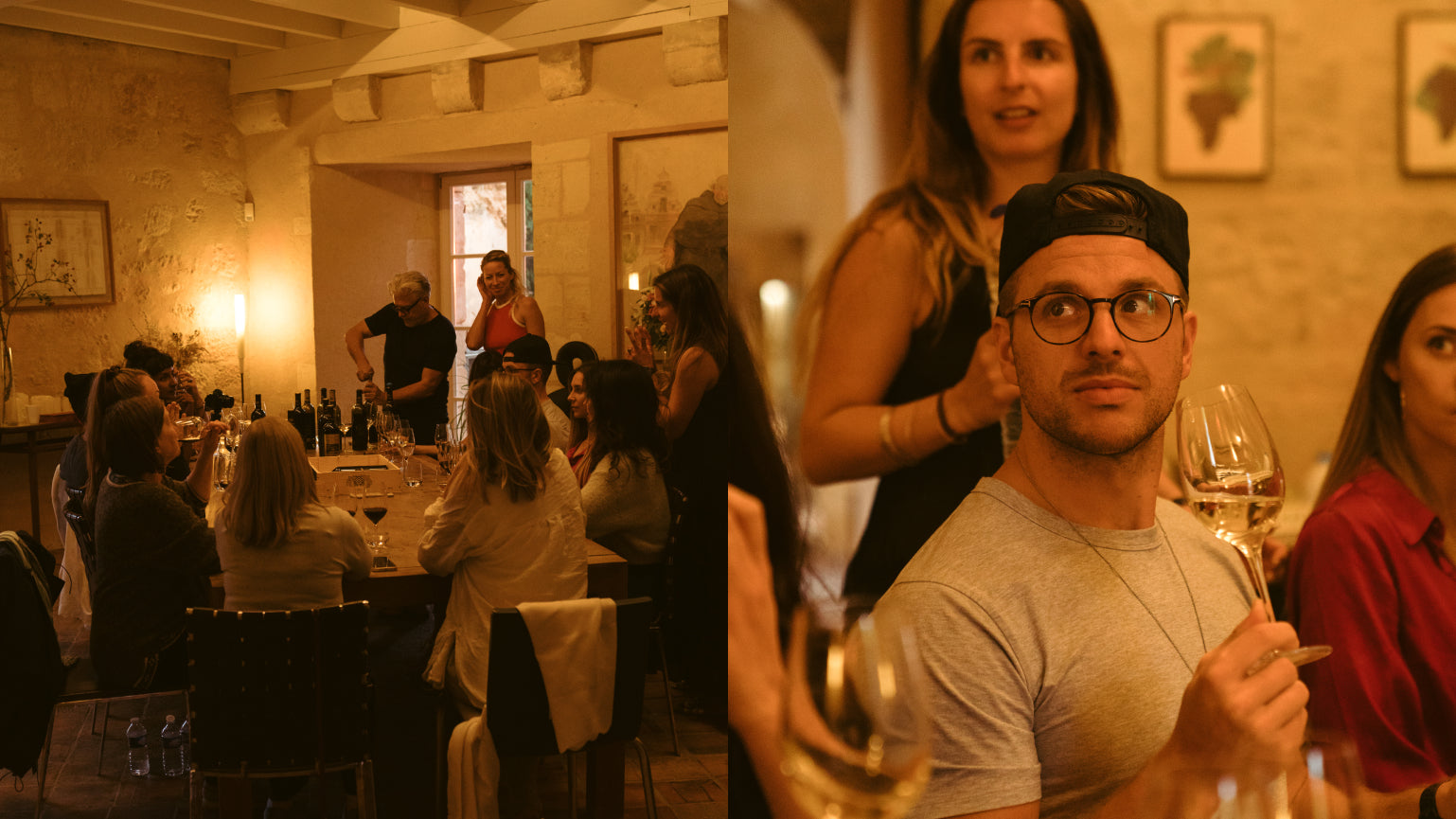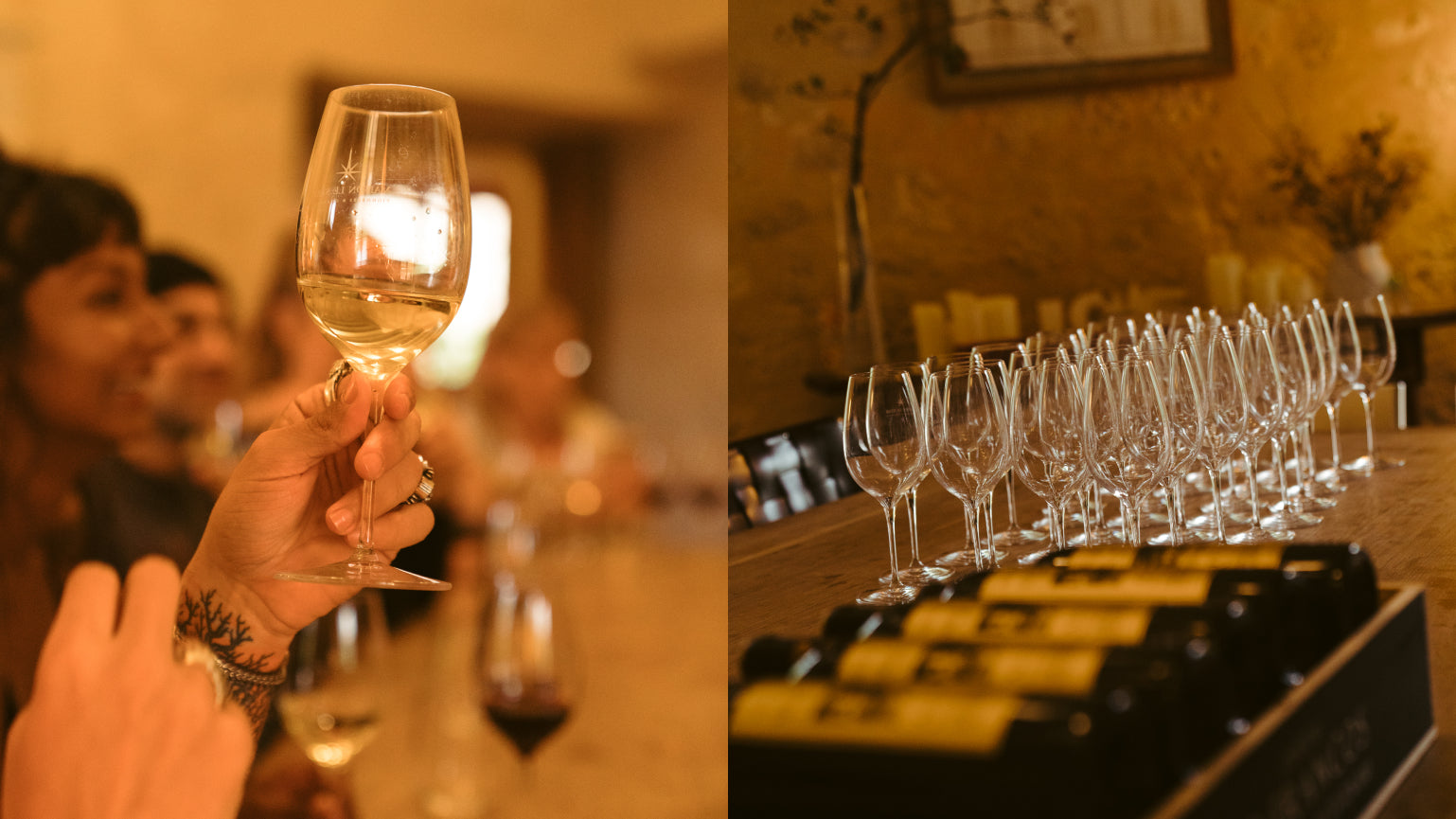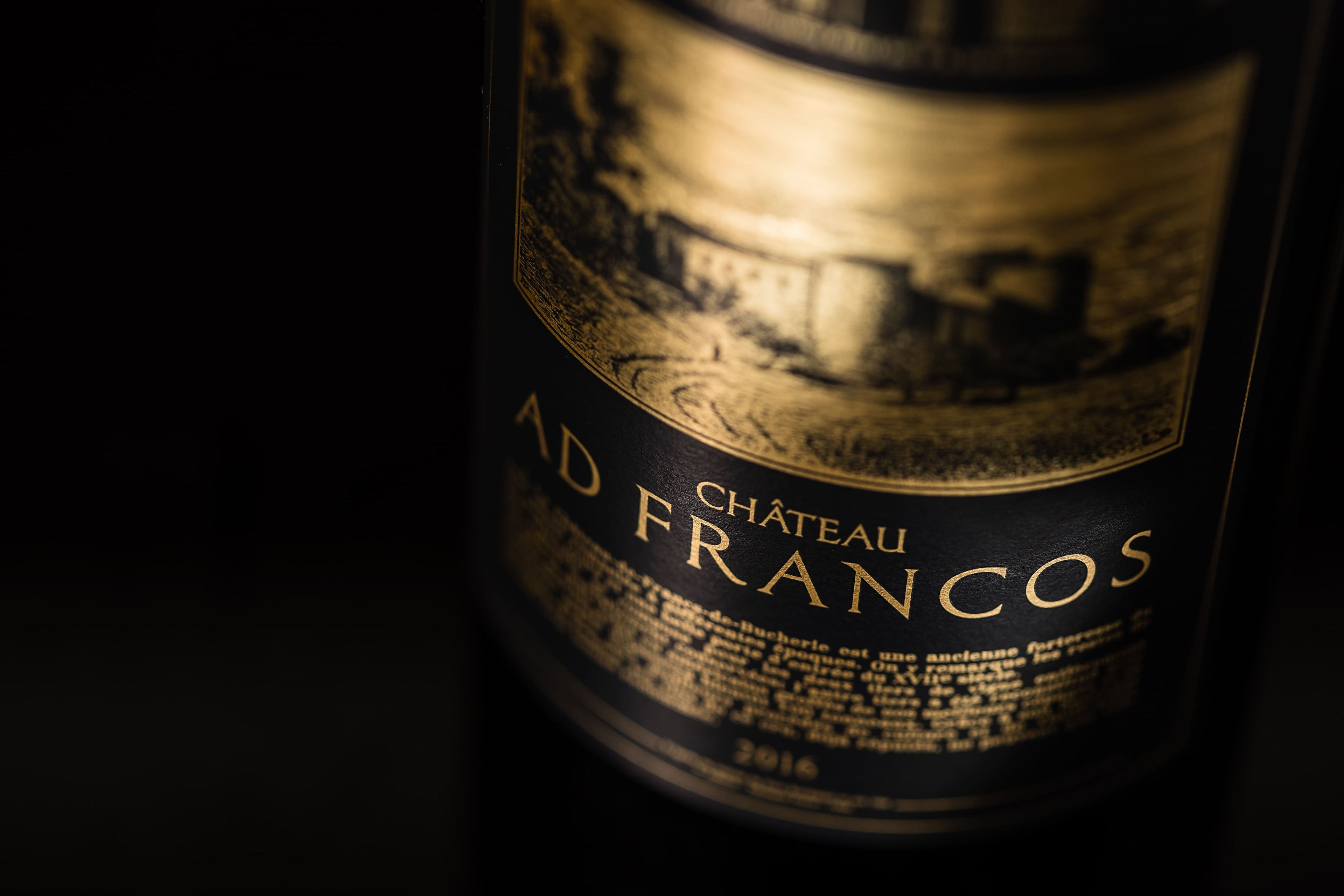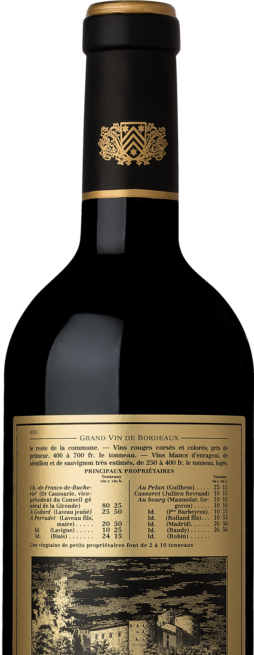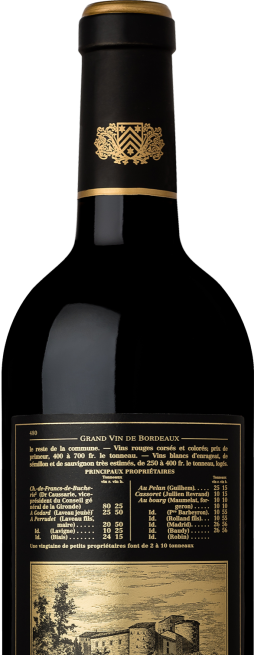From the Vineyard to the Cellar
The history of wine in Ad Francos
In the 6th century, some time after the battle of Vouillé, a garrison of the Frankish army settled on this hill, which the inhabitants of the region named in Latin: "Ad Francos" and which later became the village in French. de Francs, which will give its name to the Côtes-de-Francs appellation.
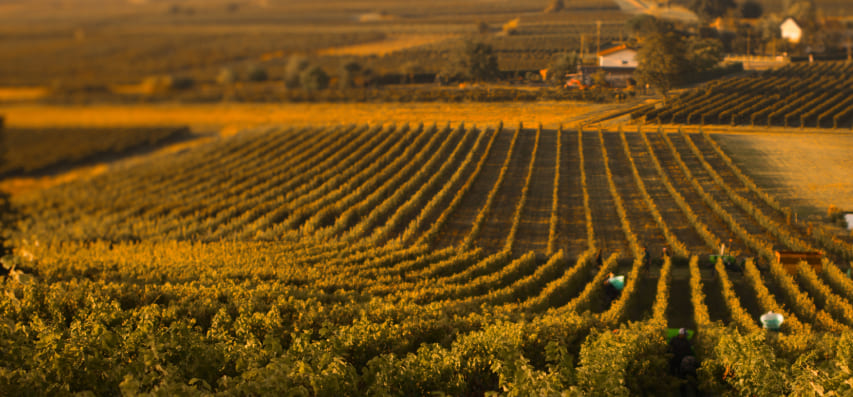

In 2008,
the Ad Francos vineyard
was reconstituted with the help of
Claude and Lydia Bourguignon, whose relevant soil studies made it possible to optimize the quality of our wines, while setting the specifications for sustainable agriculture applied throughout these first years.
Since the 2022 vintage,
Ad Francos in organic transition.

To talk about the ancestral presence of viticulture in Aquitaine, let us quote Robert Parker evoking our terroir in his 2005 edition:
“...We find traces of wine-growing activity in Francs from the 11th century; The soils there are remarkable, with very clayey bottoms of the hillsides, while the tops are “clay-limestone”, with outcrops of marl and chalk…”
Opposite, a vine trellis
with its bunches of grapes sculpted in the stone arch
of the oldest door of the Castle
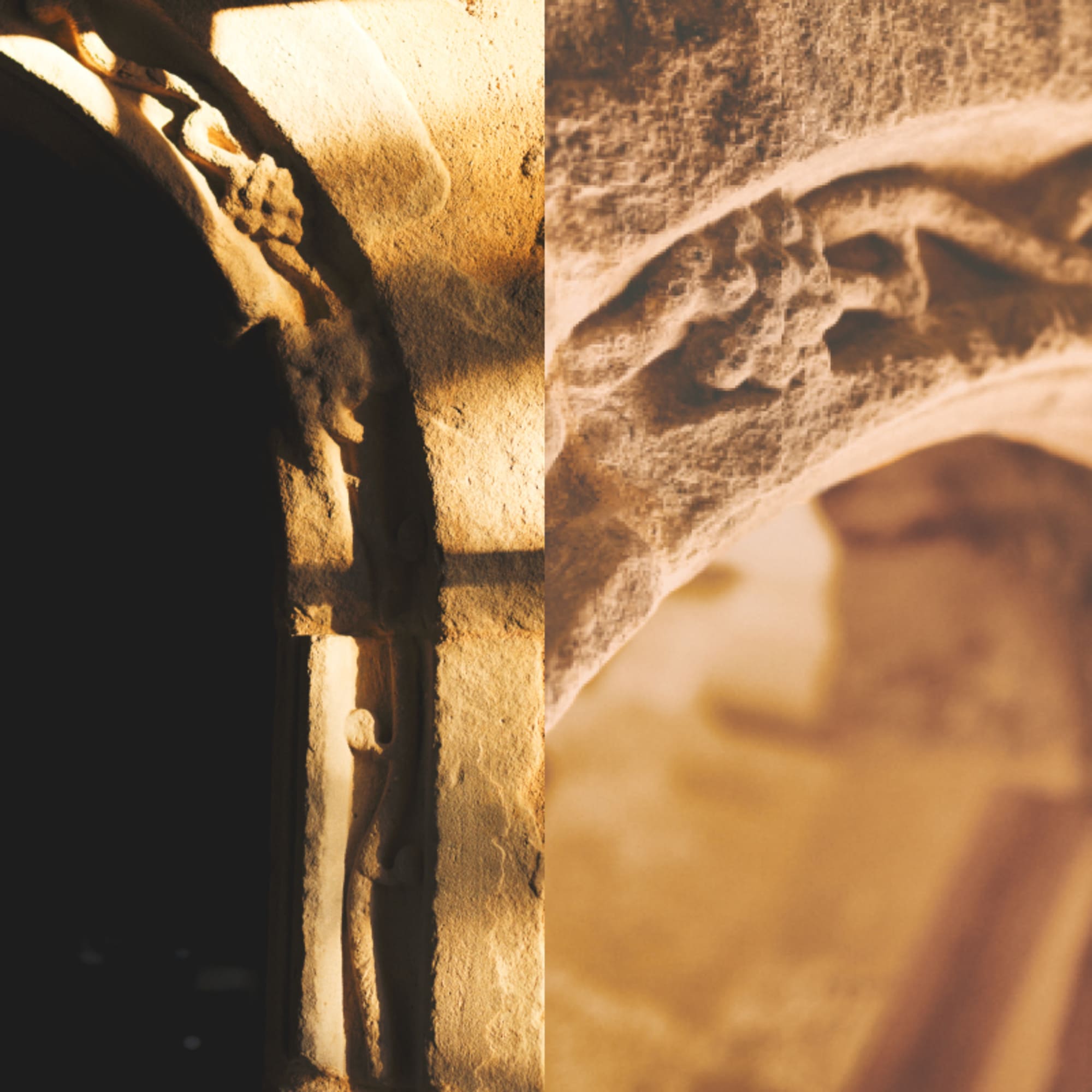
Each year, the Ad Francos harvest invariably begins with this magnificently south-facing plot of Sauvignon Blanc, located on the top of the Francs hill, just under the village church.
“...By visiting the Ad Francos castle, we discover the fascinating history of this small Romanesque church, although built during the Renaissance…”
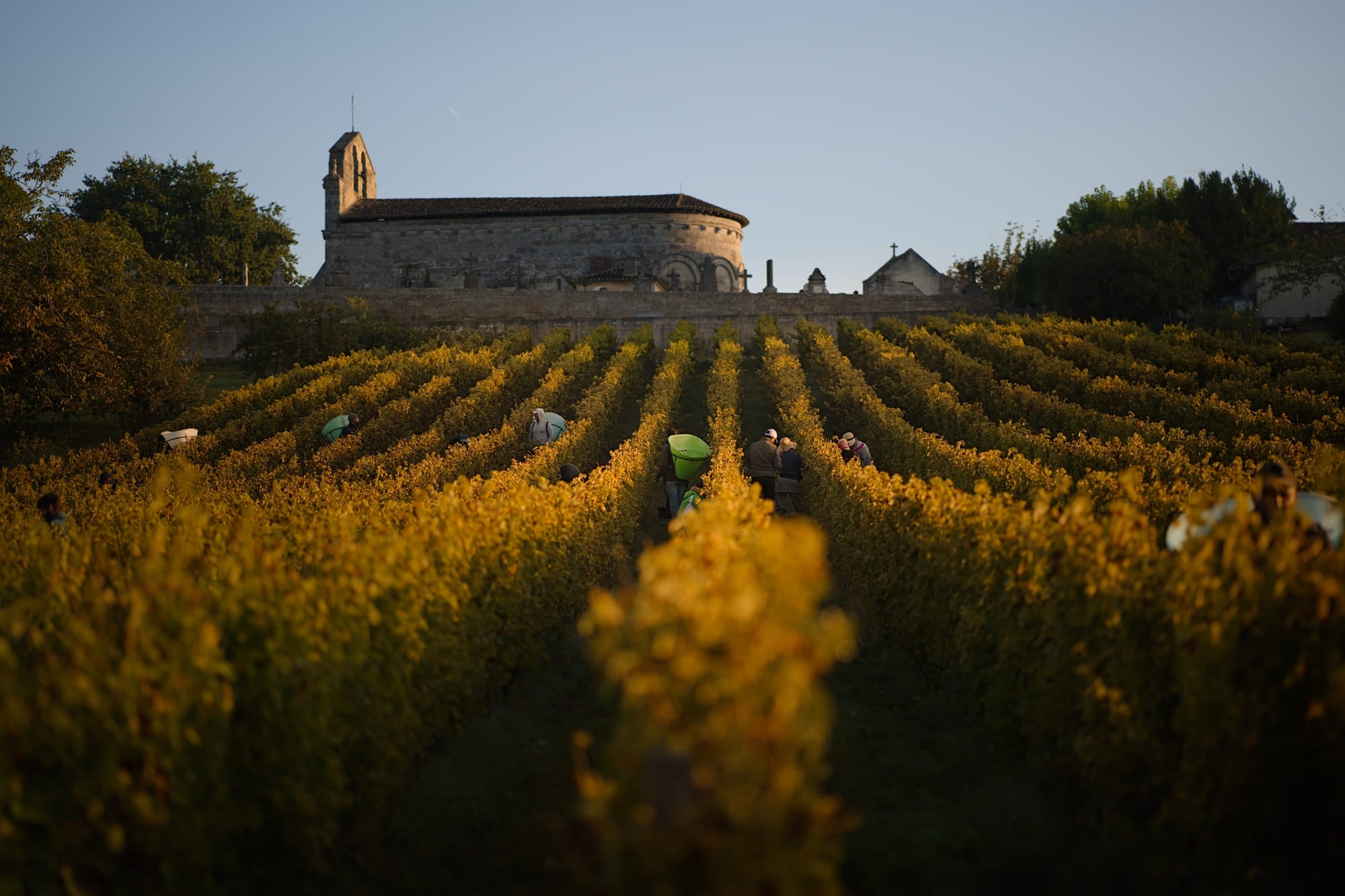
Then comes the Sémillon Blanc harvest, which always takes place one week after the Sauvignon-Blanc harvest.
“...Our harvest is always done manually, for the whites it is even essential, because the bunches must be taken whole and then pressed with their stems…”
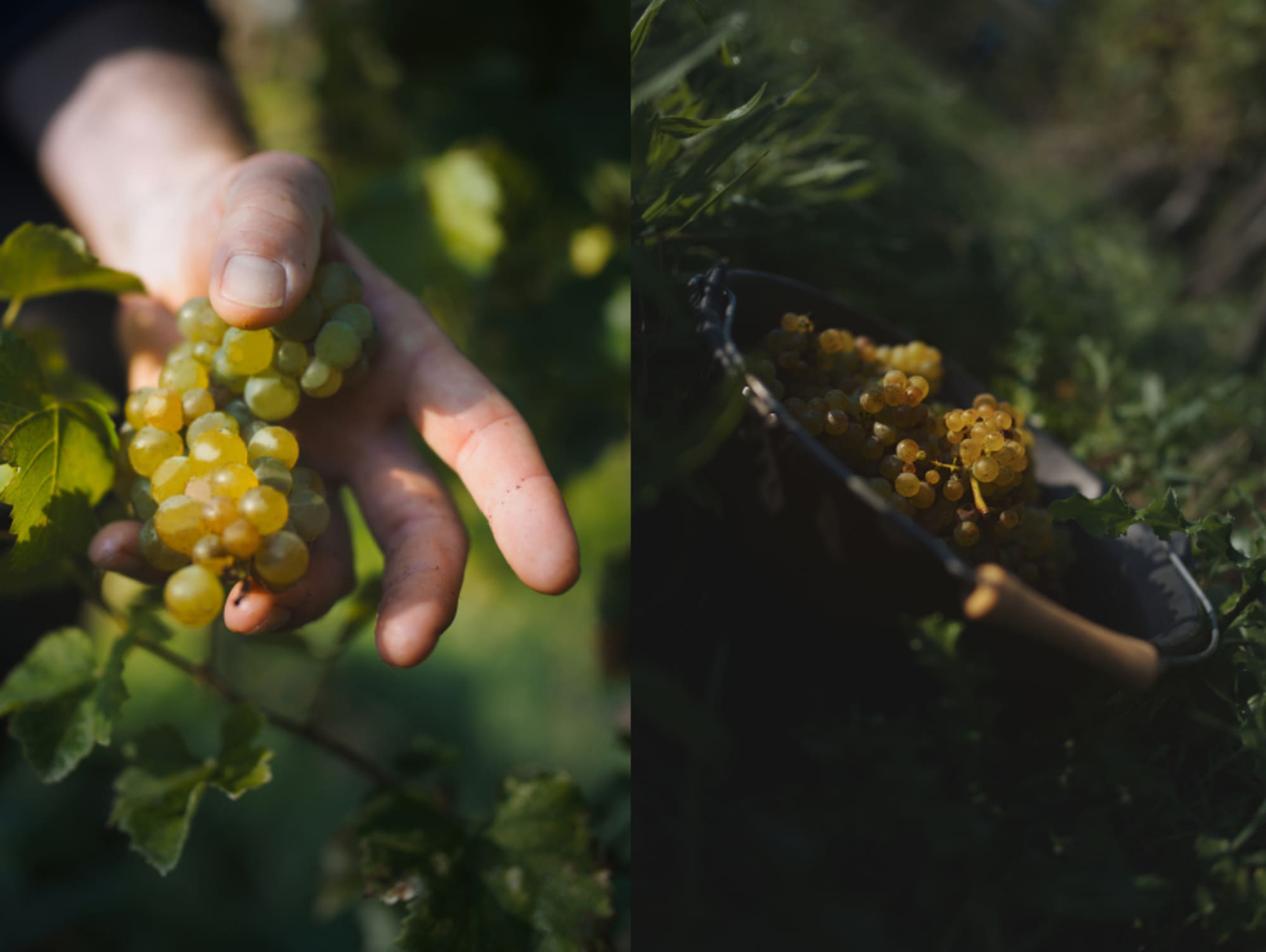
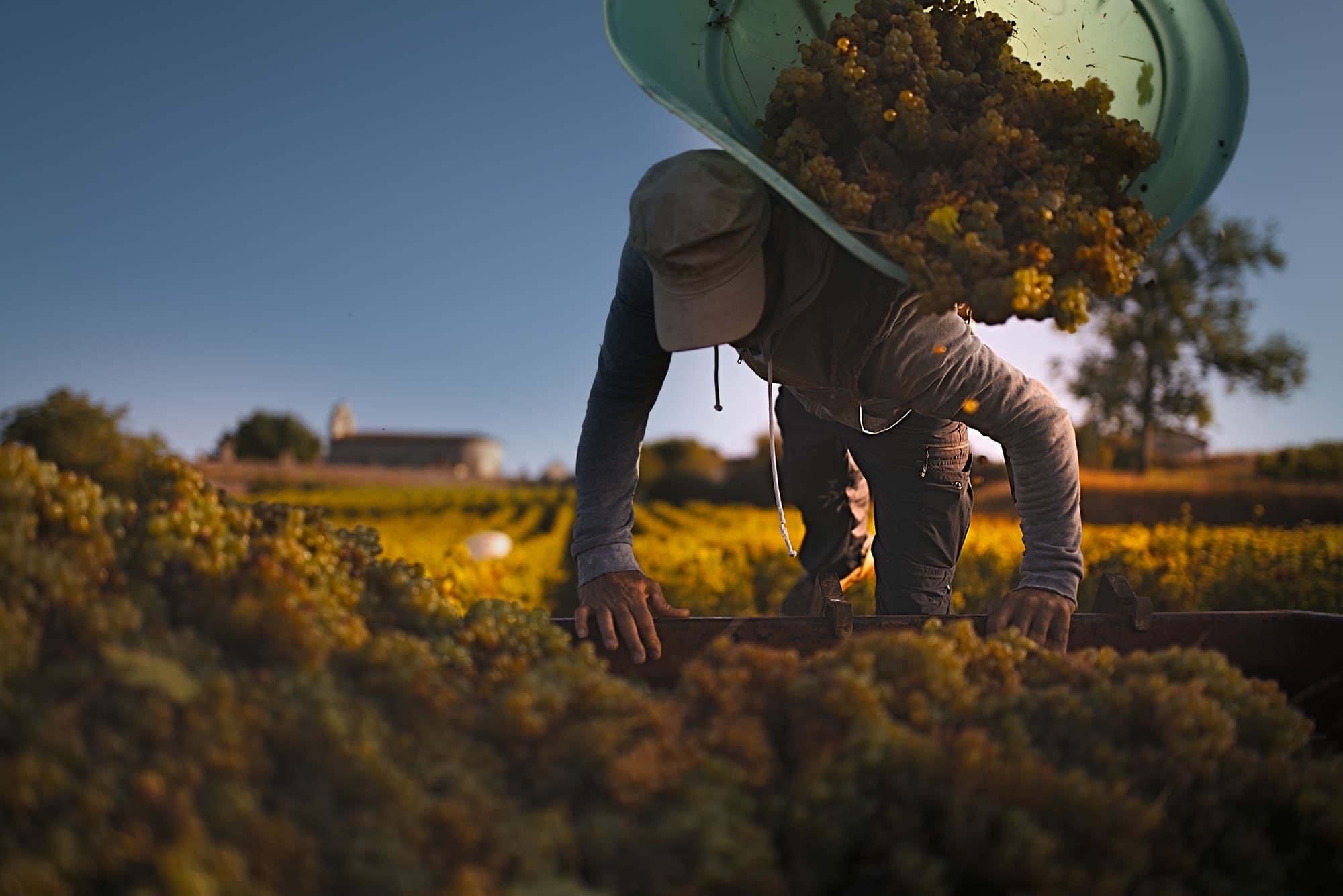
Château Ad Francos produces two different red wines, yet made from one and the same grape variety, Merlot.
By tasting these wines, we discover the importance of the soils and the winemaking methods used by our teams, to create from the same grape variety, on the same terroir, such different taste and olfactory worlds. It is all the science and wealth of Bordeaux know-how that is expressed in these juices.
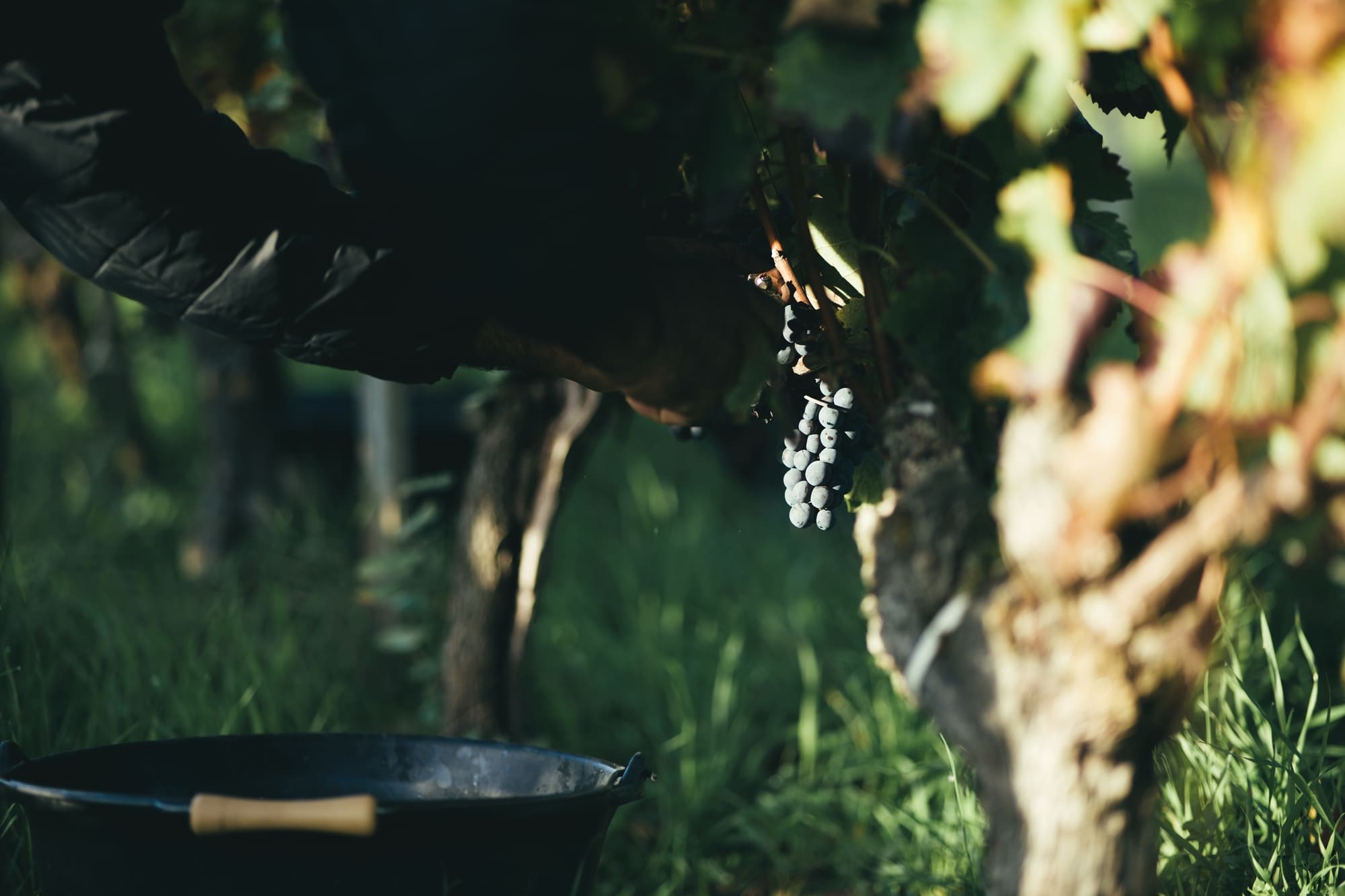
The harvest from the old Merlot vines of Ad Francos is
done manually in order not to rush the vines of these old vines, but also to carry out the first sorting using the expertise of the harvesters, and to choose with flexibility and precision the harvest dates according to the maturity of the grapes on the high plots. or bass.
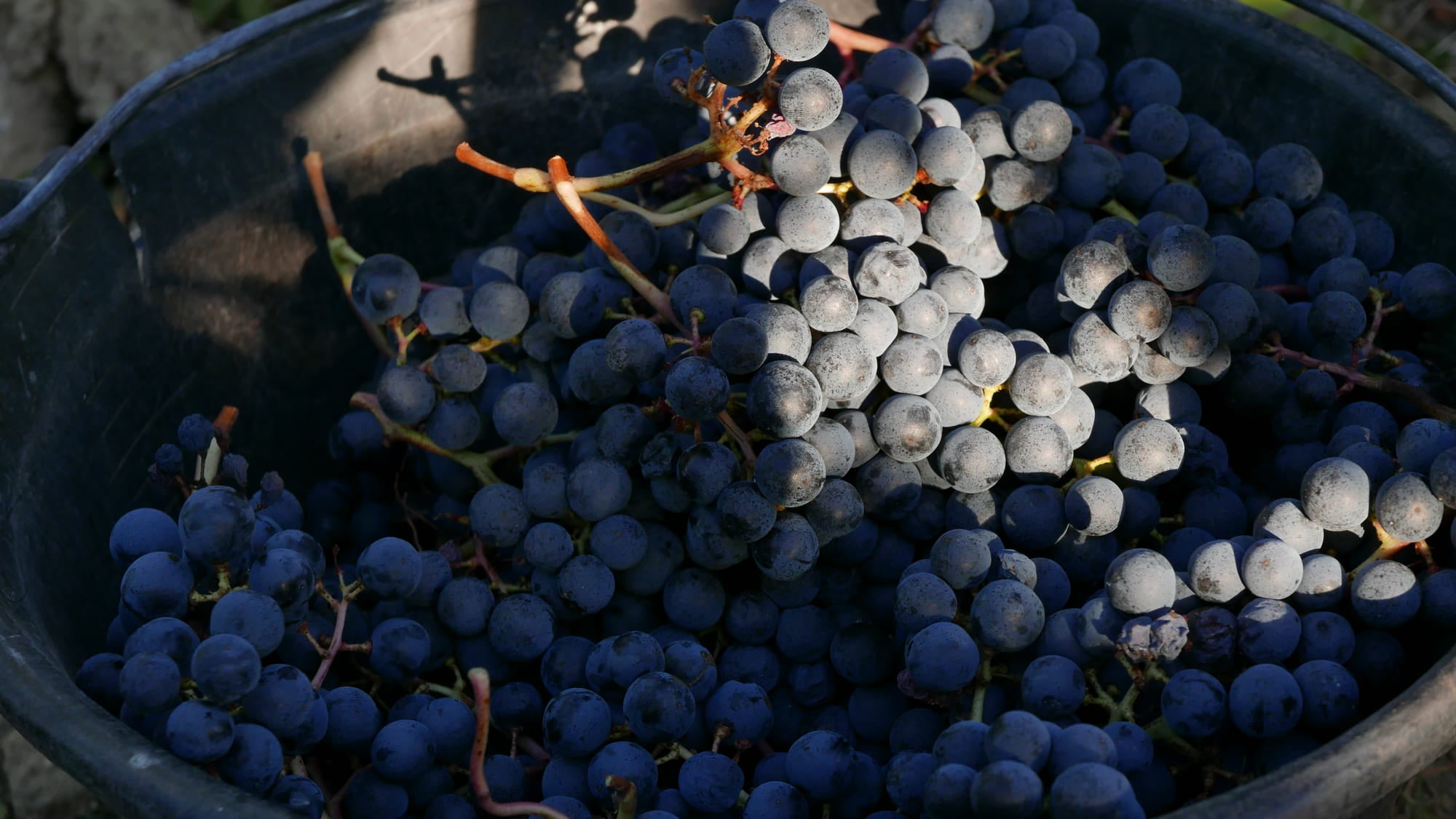


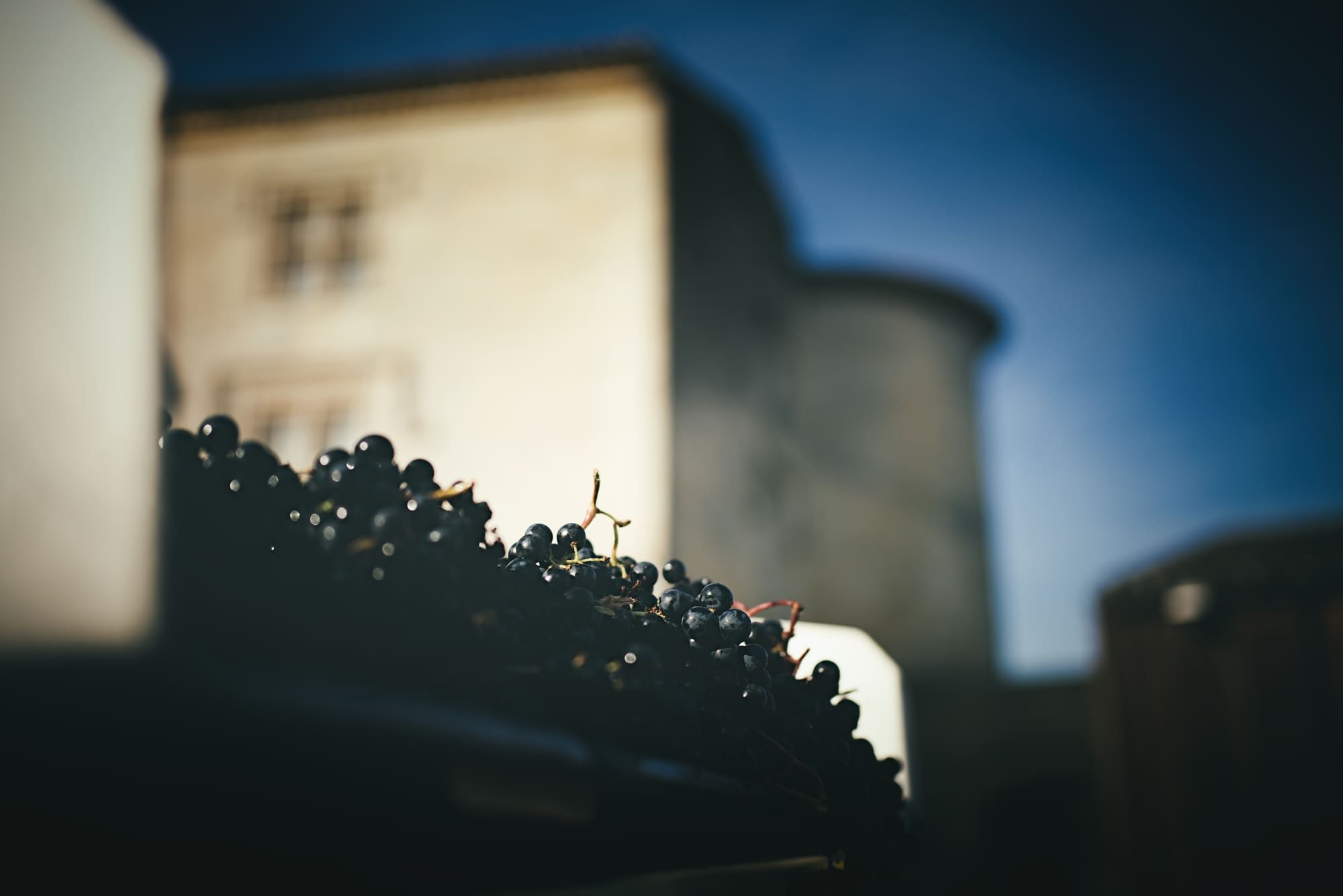
The bunches of grapes go through a first necessary stage when harvesting by hand, that of the destemmer, which allows the stems to be removed, before submitting the grapes to the final sorting by the teams.
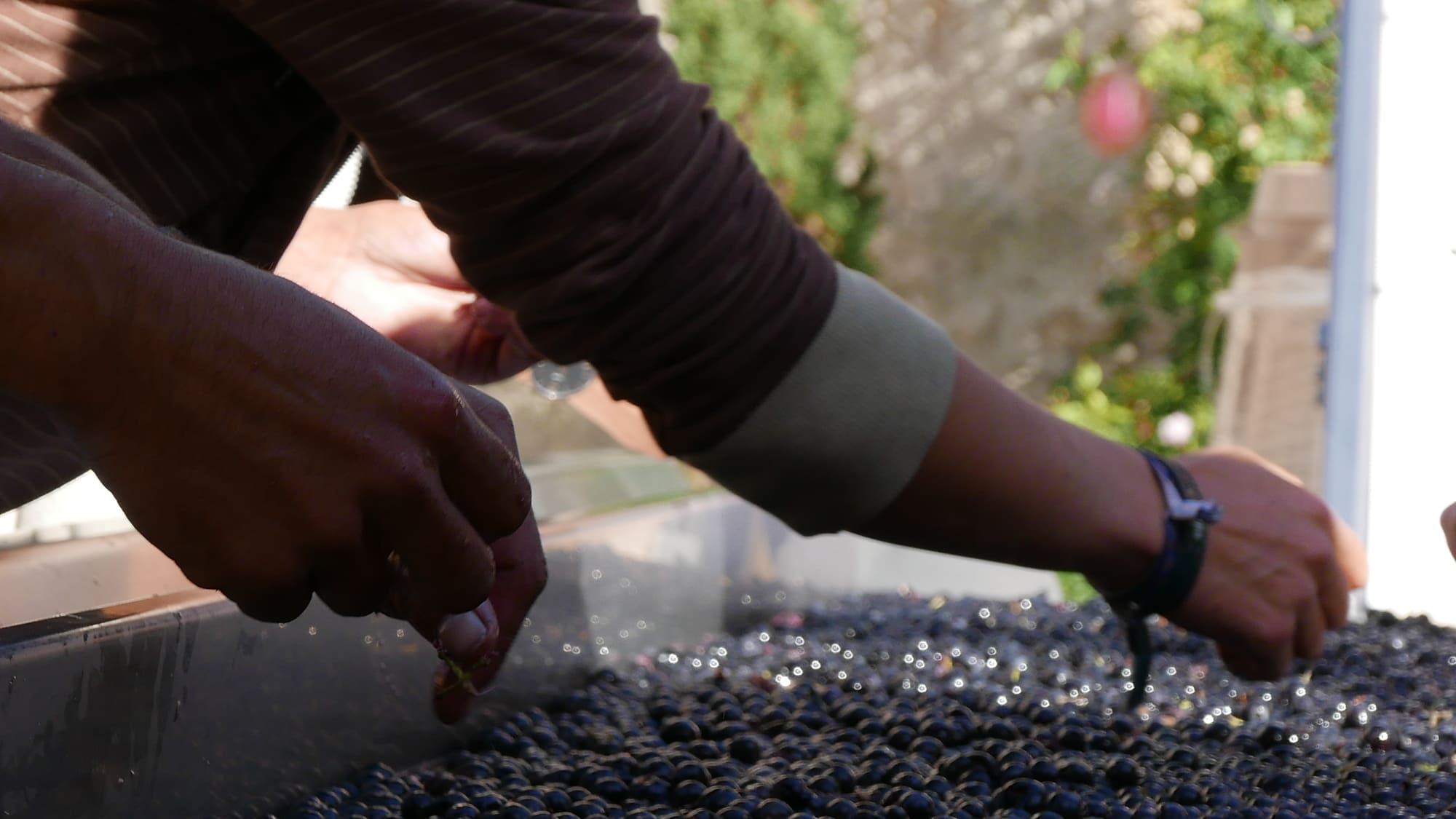
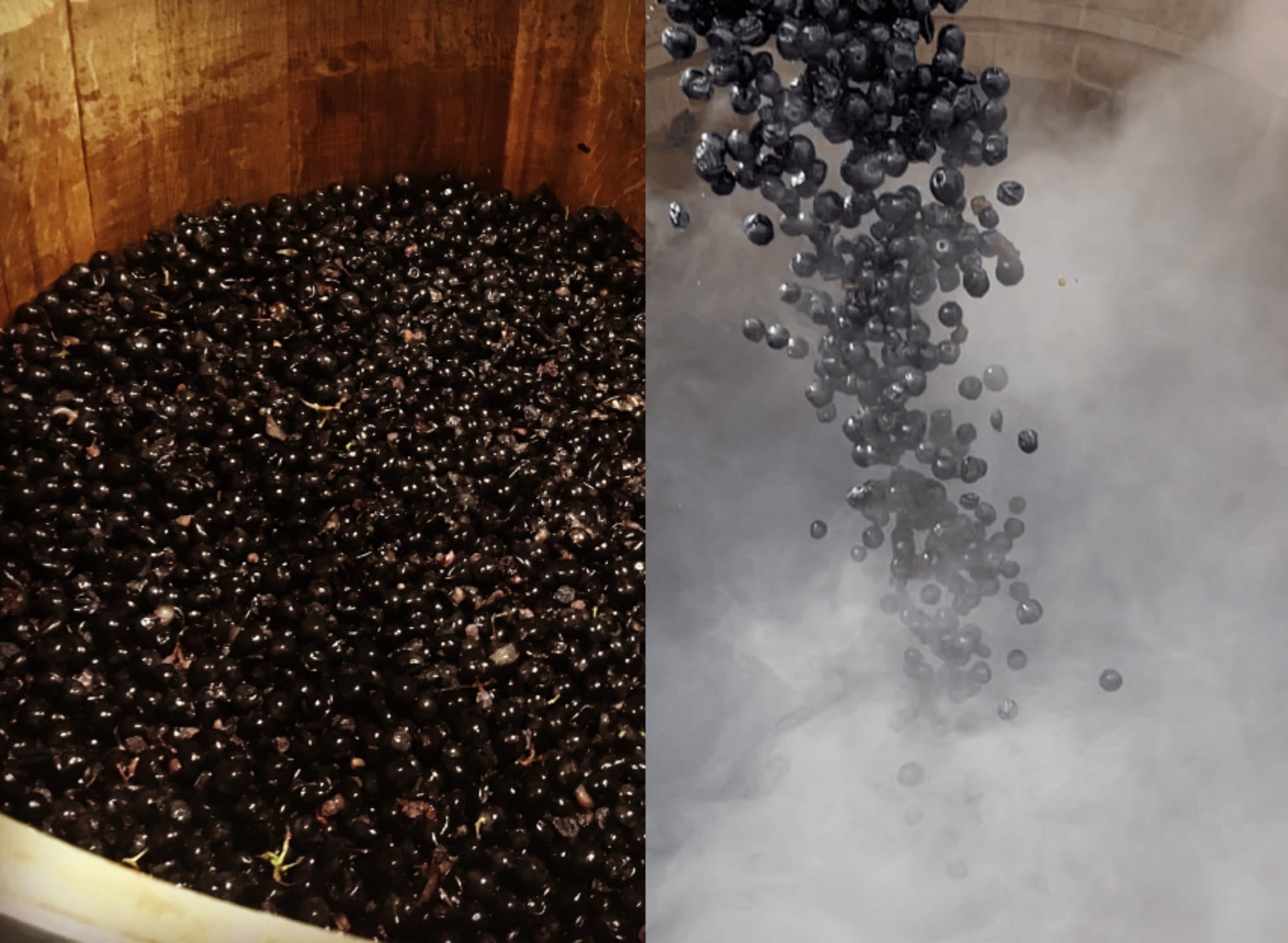
For our vintage,
The Ad Aeternam Reserve,
the grapes come exclusively from a plot of old Merlot of one and a half hectares (over 50 years old). They are destemmed then sorted manually, before being placed in new French oak barrels exclusively. One of our coopers accompanies us during each harvest to open and close the barrels. Both alcoholic and malolactic fermentations take place directly in the barrels. It is a process with numerous manipulations and significant production costs, but it allows us to make absolutely incomparable so-called “ageable” wines. To appreciate these wines at their true value, we recommend waiting a minimum of 10 years, but have no fear, we have very fine vintages at the Château kept in the best conditions to offer you an immediate “ready to drink” pleasure. .


In the photos on the right,
we are in the interior courtyard of the castle, where the cooper works during the harvest.
The barrels, filled with sun-kissed grapes, are then aligned on supports with casters (oxo), which allow them to be rotated manually, in order to mix the juices and materials well. To prevent too rapid fermentation, the cellar master then places a few cubes of dry ice in the barrel (smoke in the photo), which instantly lowers the temperature and slows down fermentation. For several weeks, the winegrower conducts his fermentation with the greatest precision so as not to lose any of the aromatic richness of the grapes.
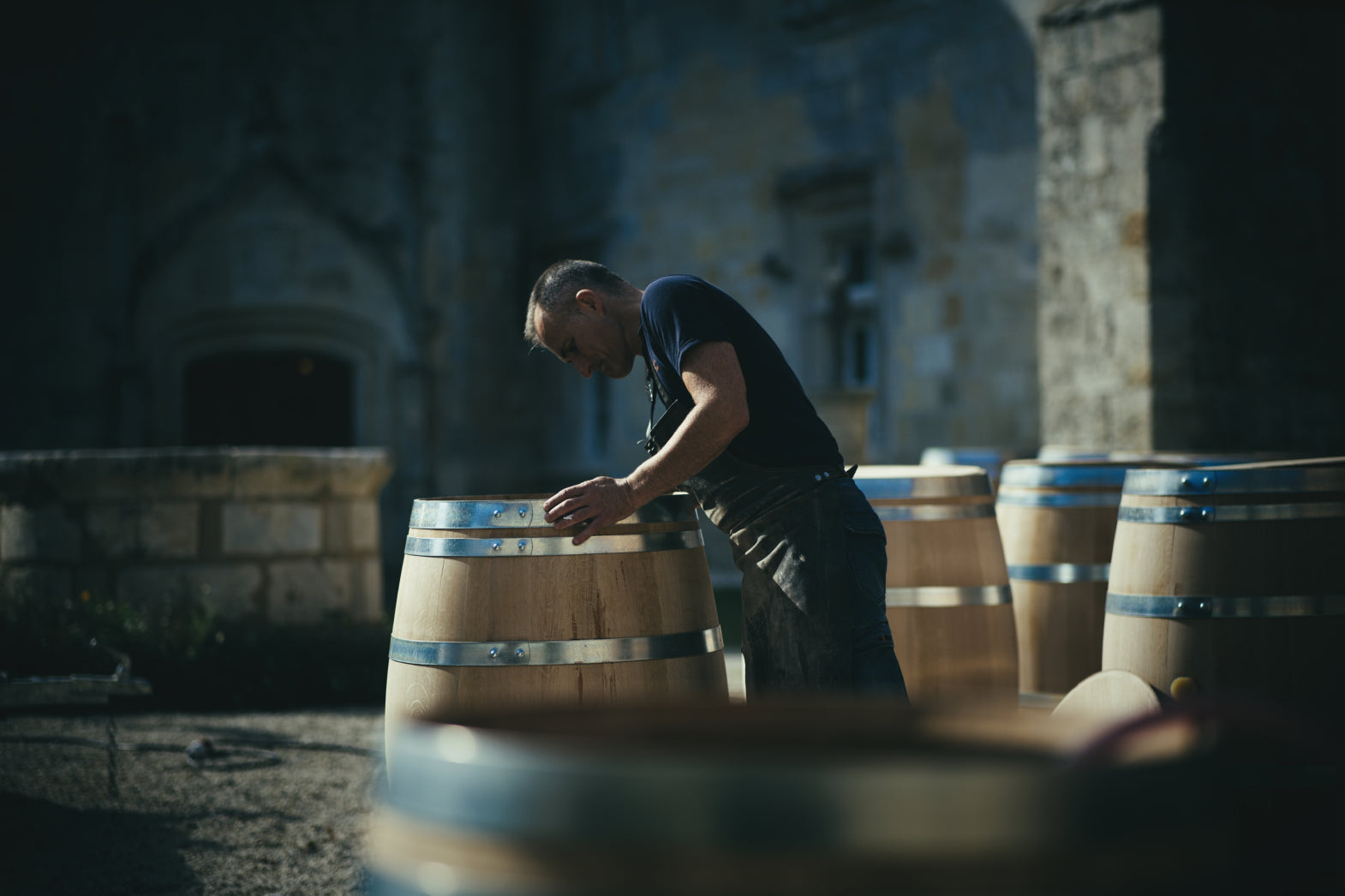
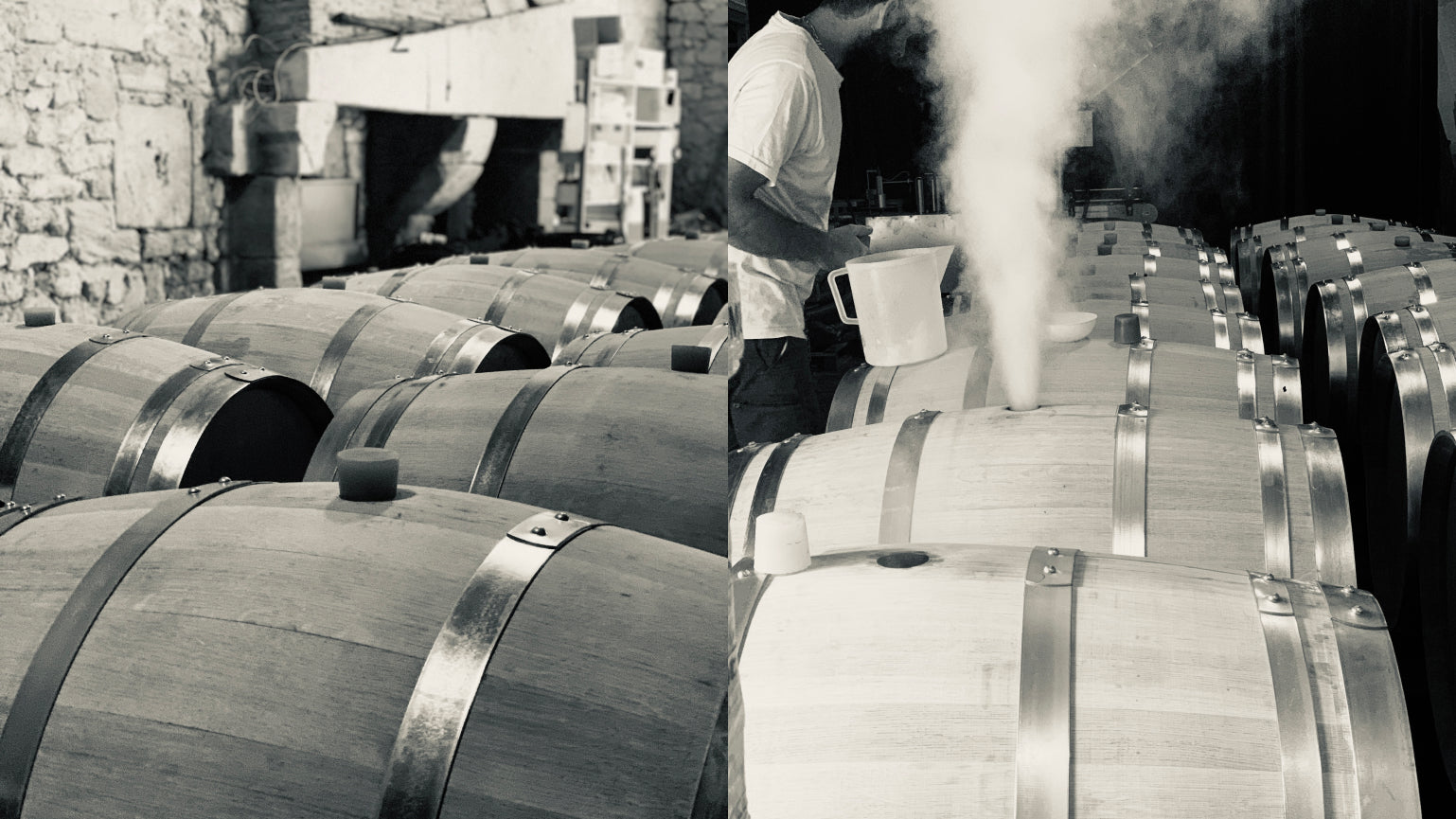
The Ad Francos winery is housed within the walls of the old fortress built at the time of the Hundred Years' War by the Ségur family, at the request of the King of England, Plantagenet.
The architect and cabinetmaker-designer Stéphane Lebrun designed a veritable oak cathedral for this large vat room, which must inspire anyone sensitive to the art of wine.

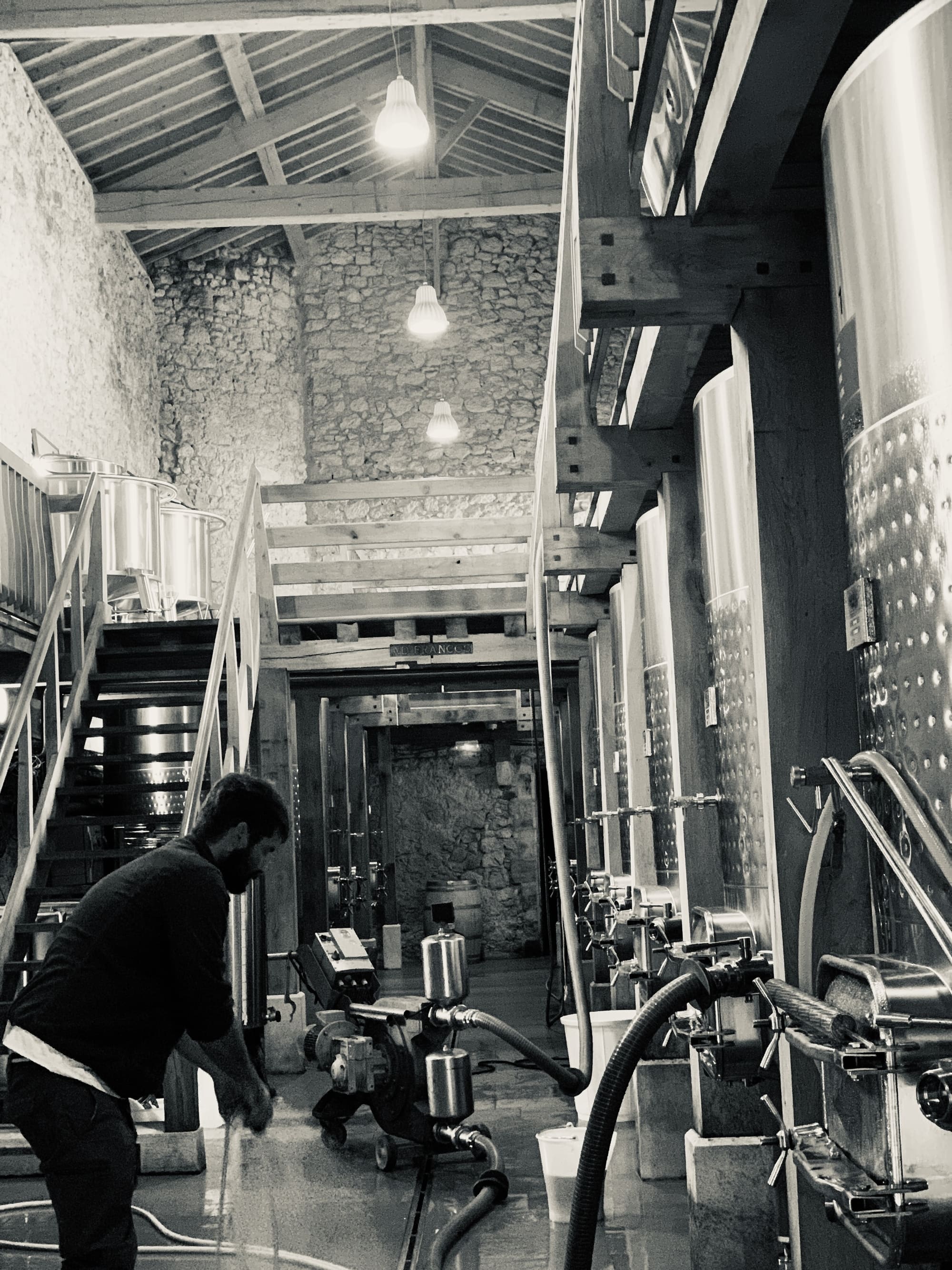
In this series of photos,
the winemaker carries out “pumping over” of the juices extracted from the bottom of the vats to the top of the vats, which allows the fermenting juices to pass back through the layer of suspended matter (skins, seeds). This step is essential for the quality of the tannins and therefore the wines.
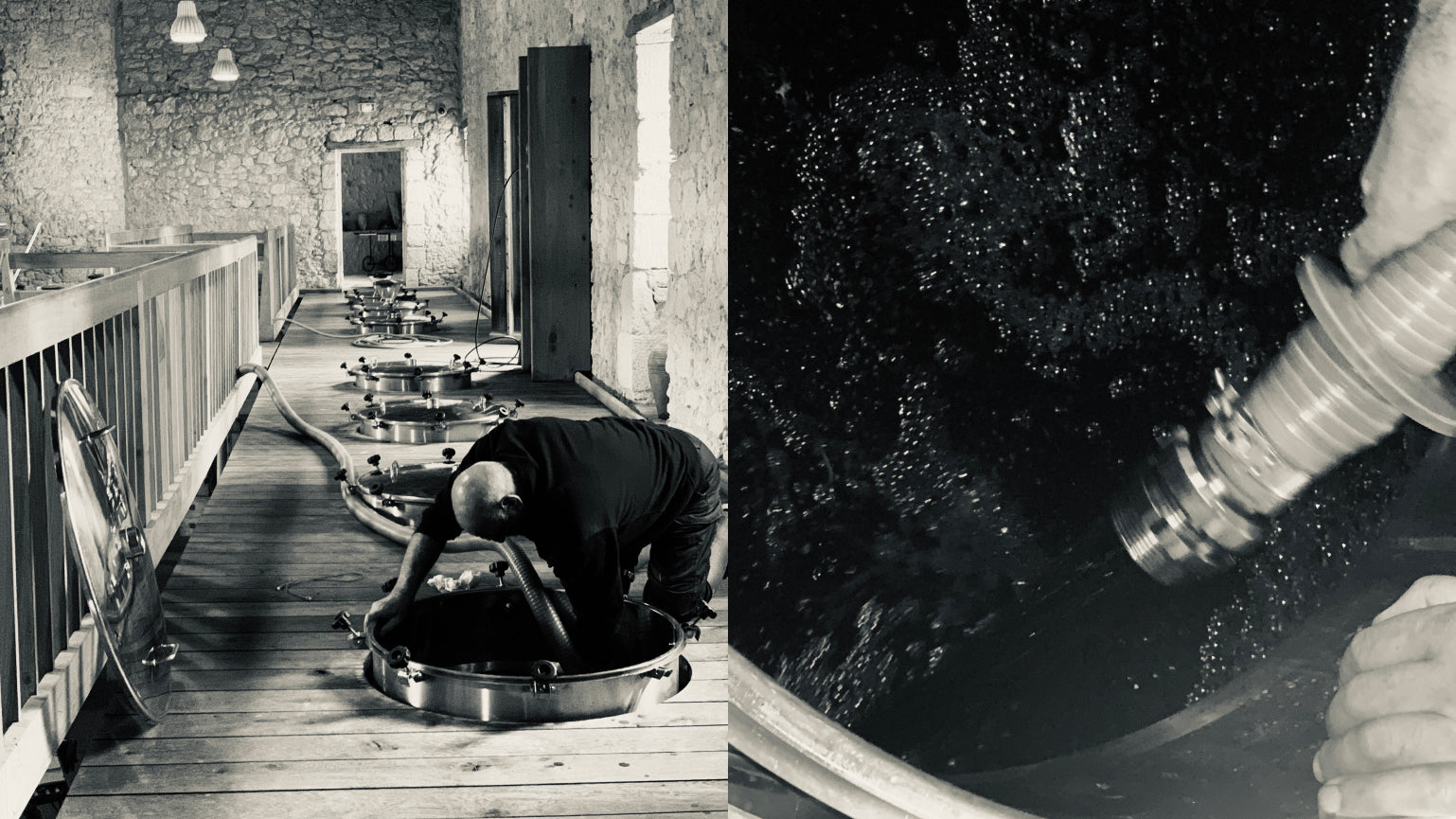

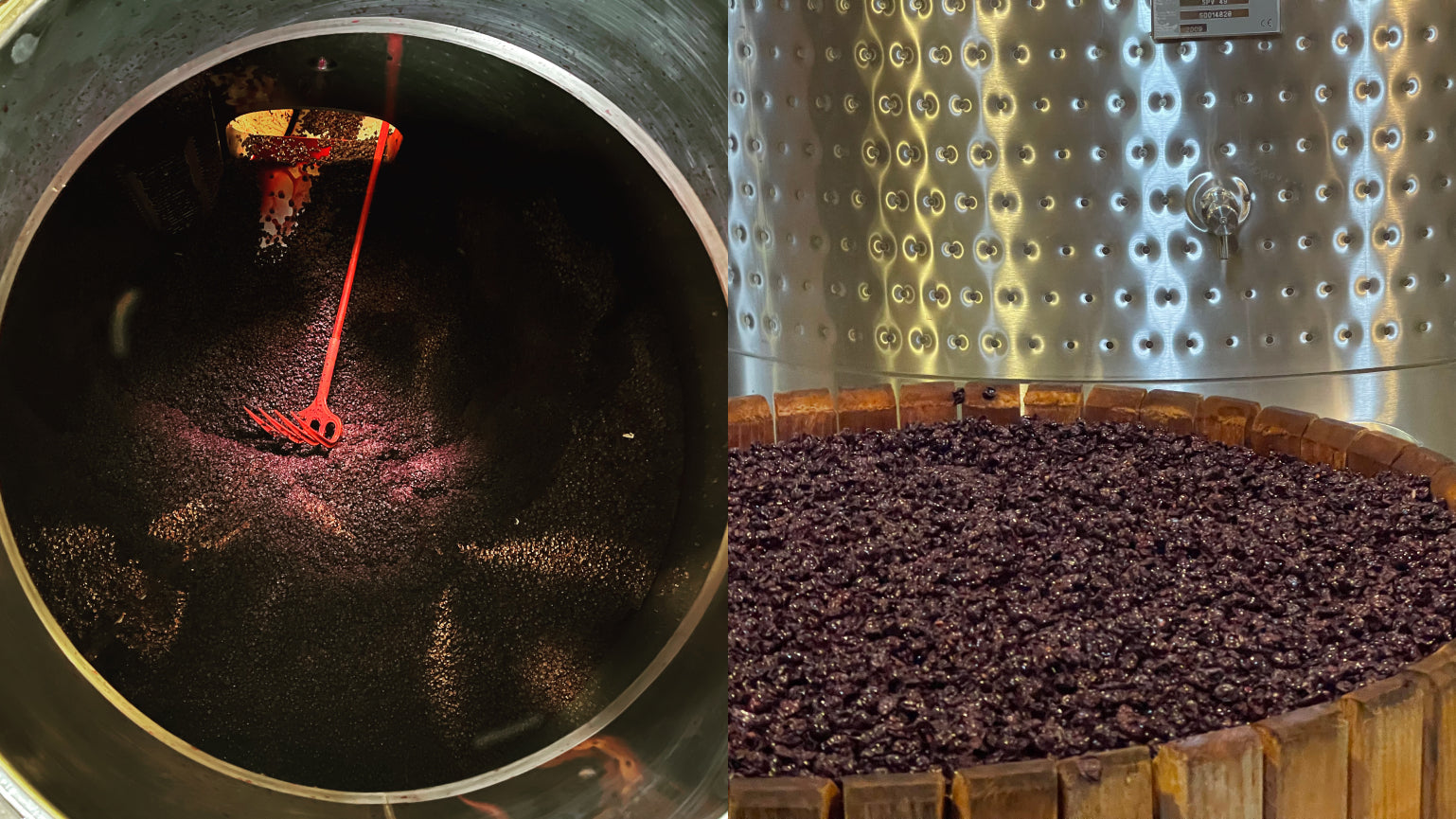
When the fermentation is finished, the grape marc (residues) is extracted from the vat and put into the press in order to make a final extraction of juice.
The marc is then collected by a local distillery,
because here nothing is lost.
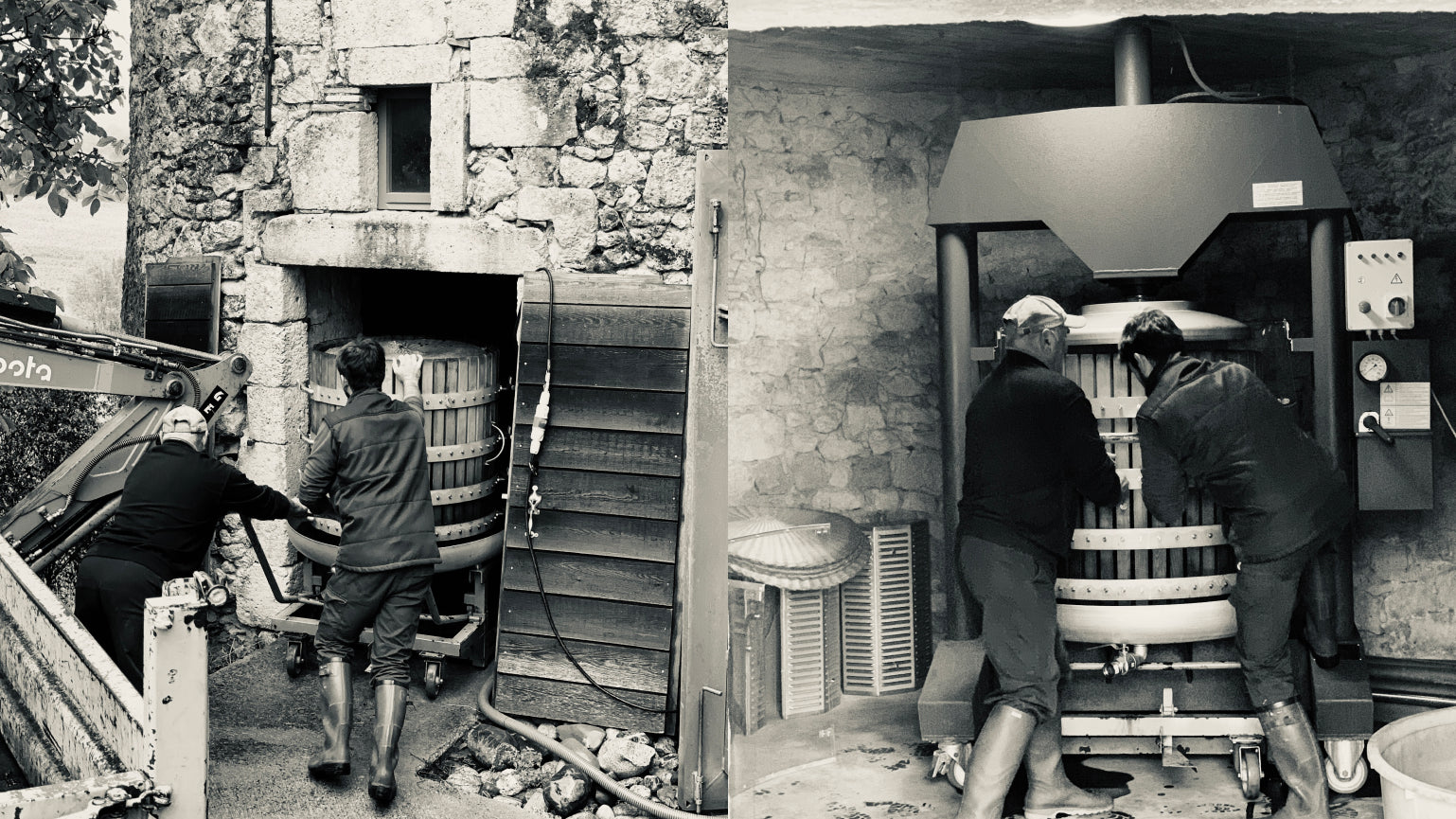

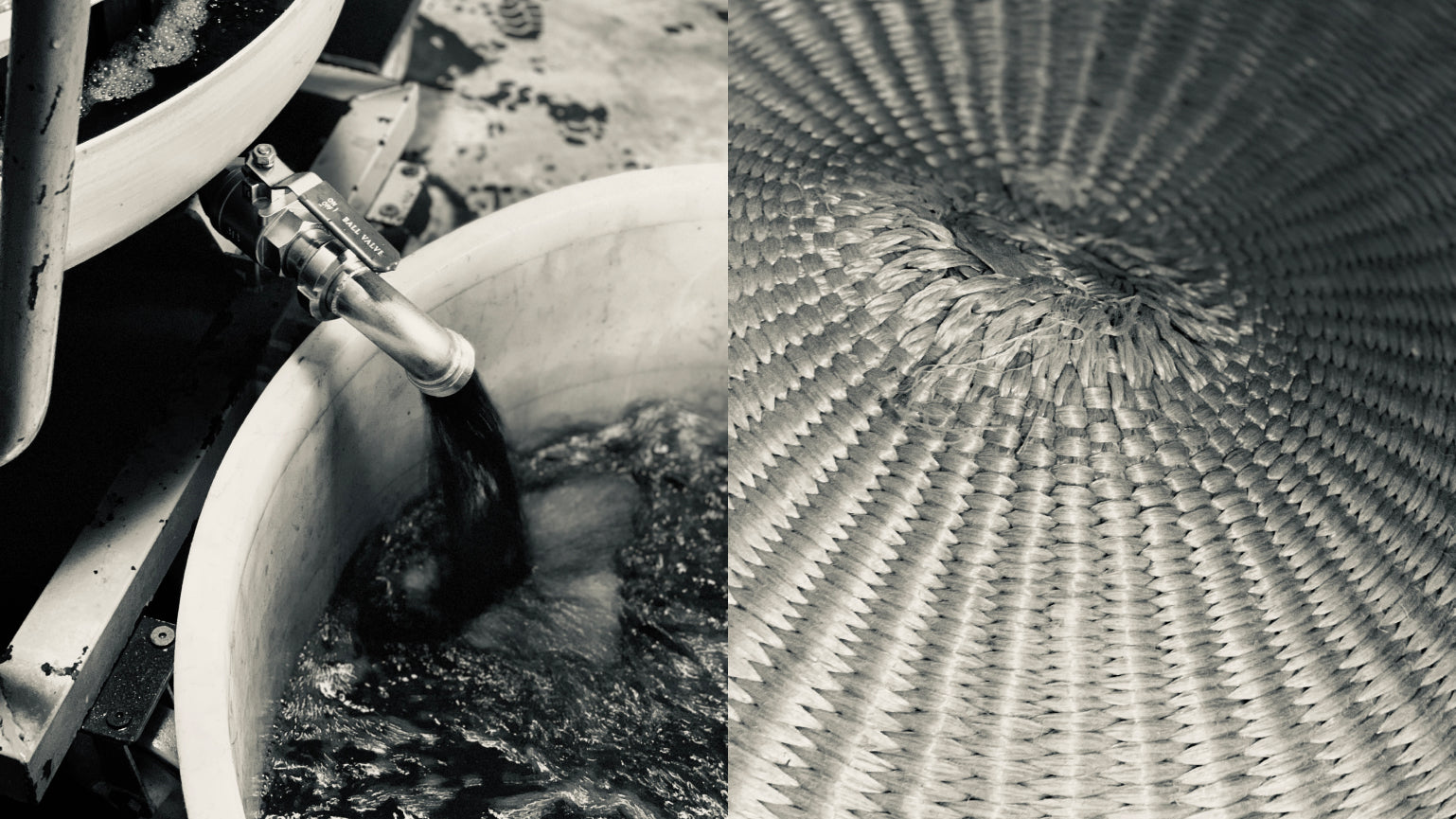
When all the sugars contained in the grapes are transformed into alcohol, the juice has now become wine, but it still needs to evolve, and for this, it will go down into the aging cellar, to spend a few months in French oak barrels. (between 12 and 18), sheltered from light, in a constant temperature, summer and winter, with perfect hydrometry, due to the presence inside the fortress, of a very useful source in the past during the military sieges, as well as today, for the "aging" of our wines.

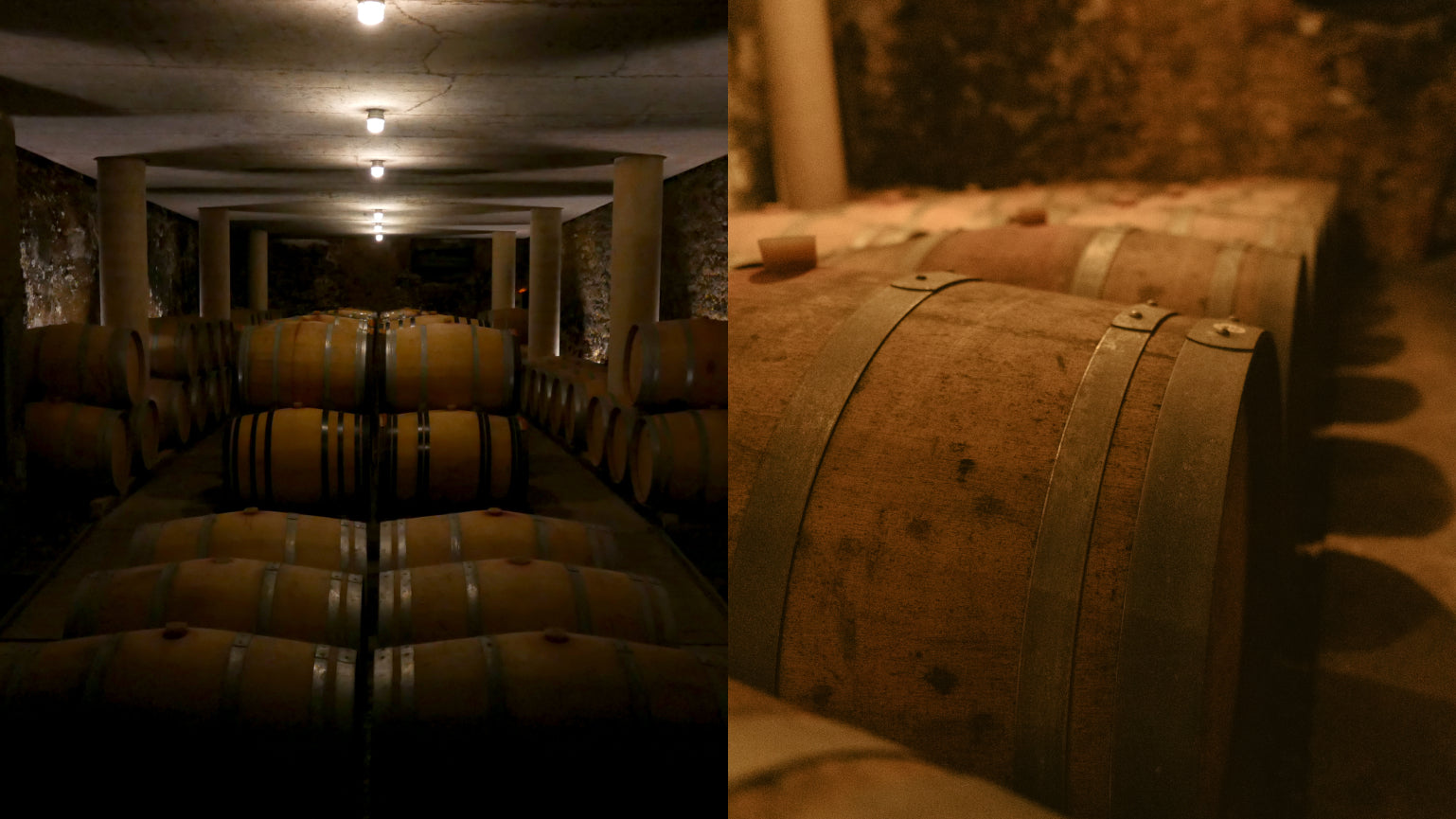
While the wine quietly begins to age, nature ignites like a final fireworks display celebrating the end of a sometimes magnificent year, which will perhaps allow the production of a new great vintage.
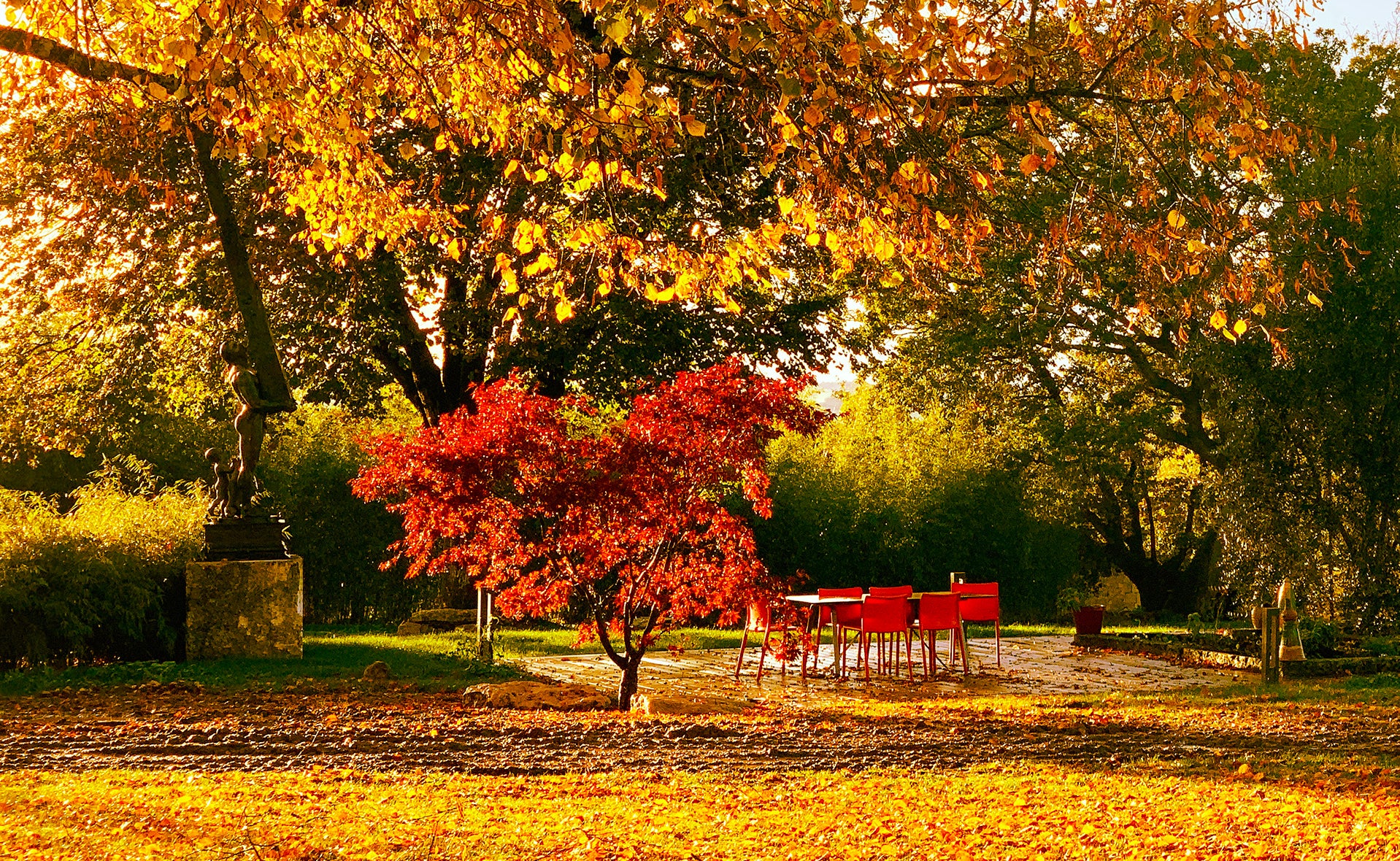
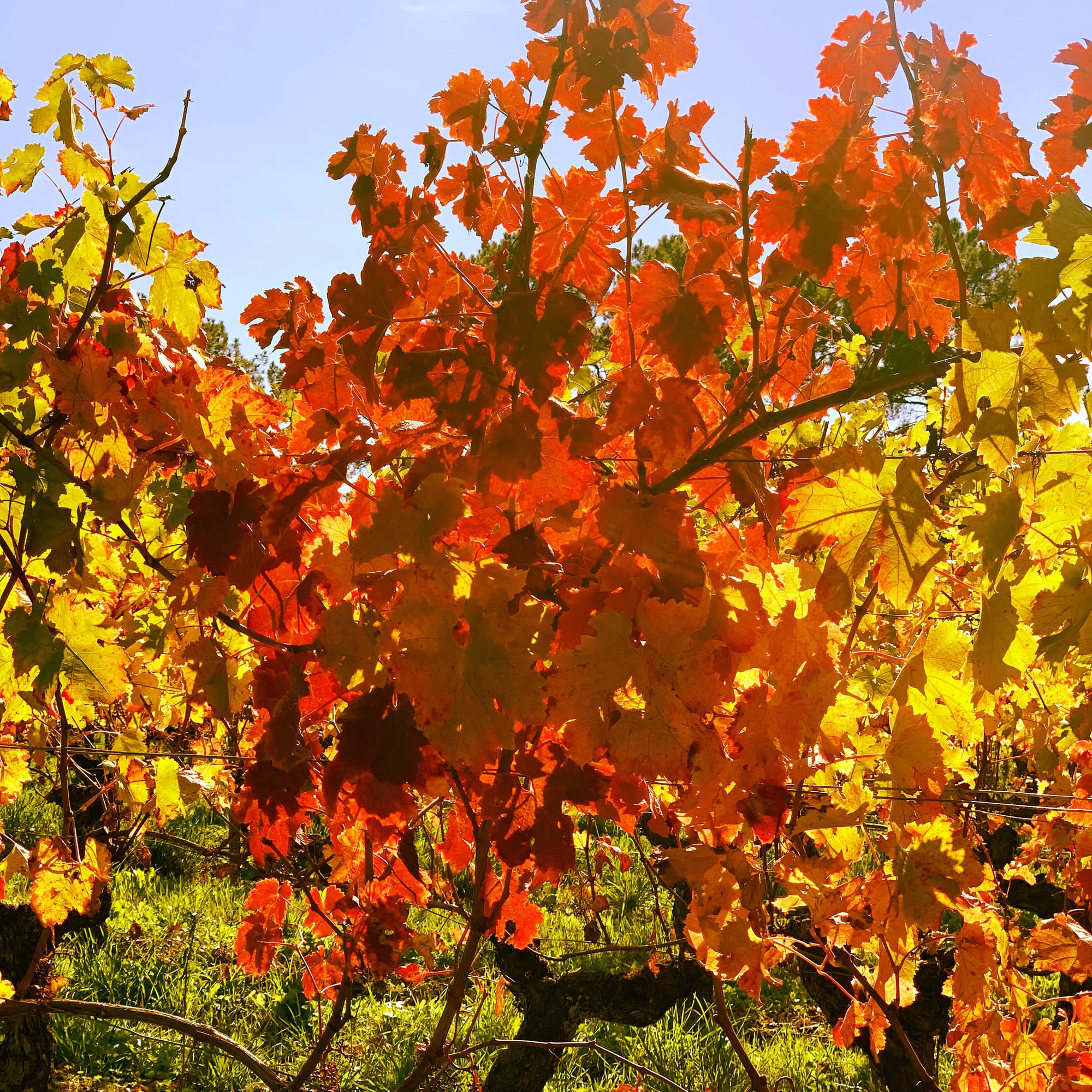

When winter sets in in Francs, nature continues its show. The mists shape the valleys, the frost takes on all shapes, and the rarer light becomes all the more beautiful and desirable.
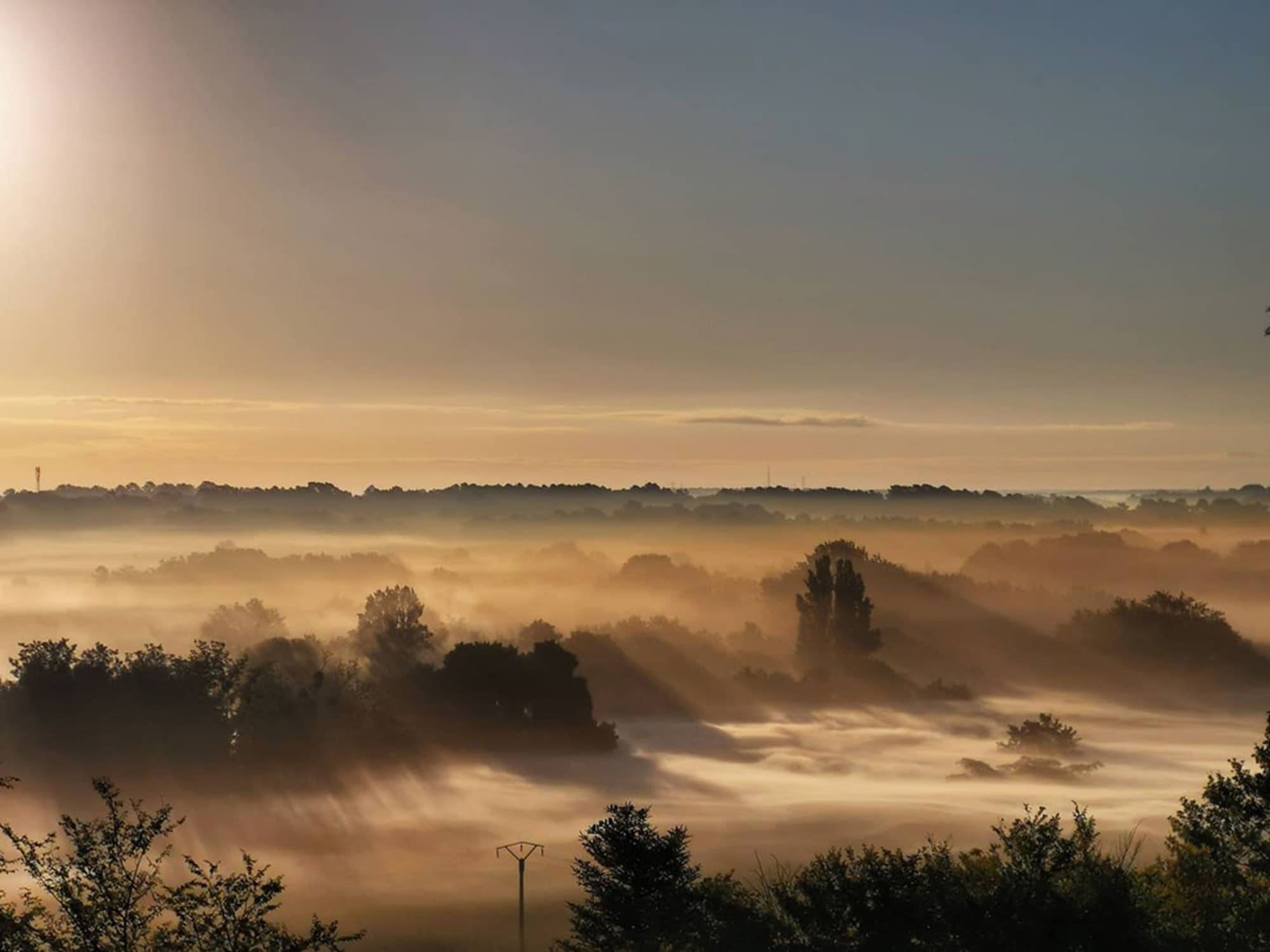
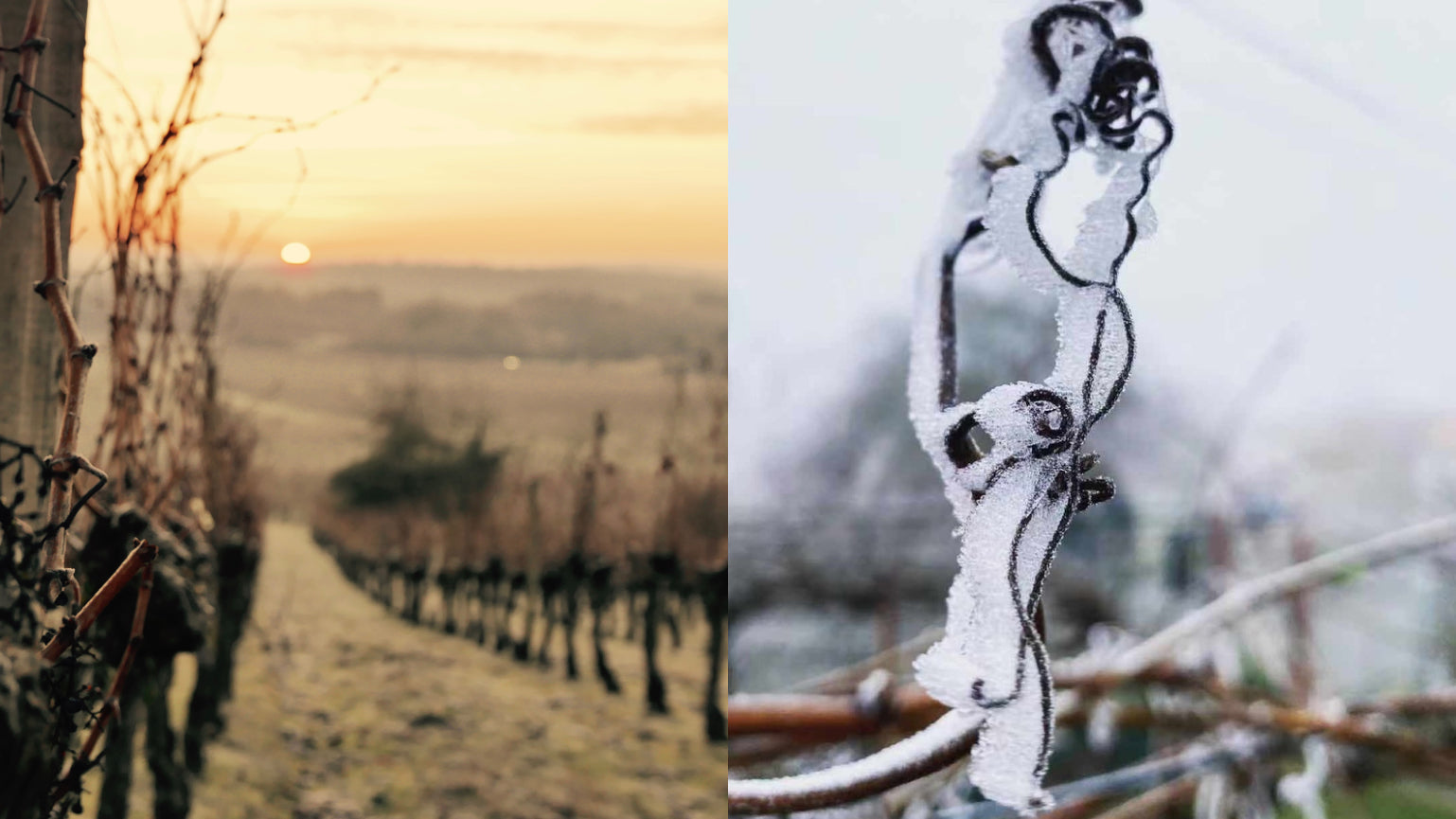
Towards the beginning of March, the first beautiful days already announce the return of spring...
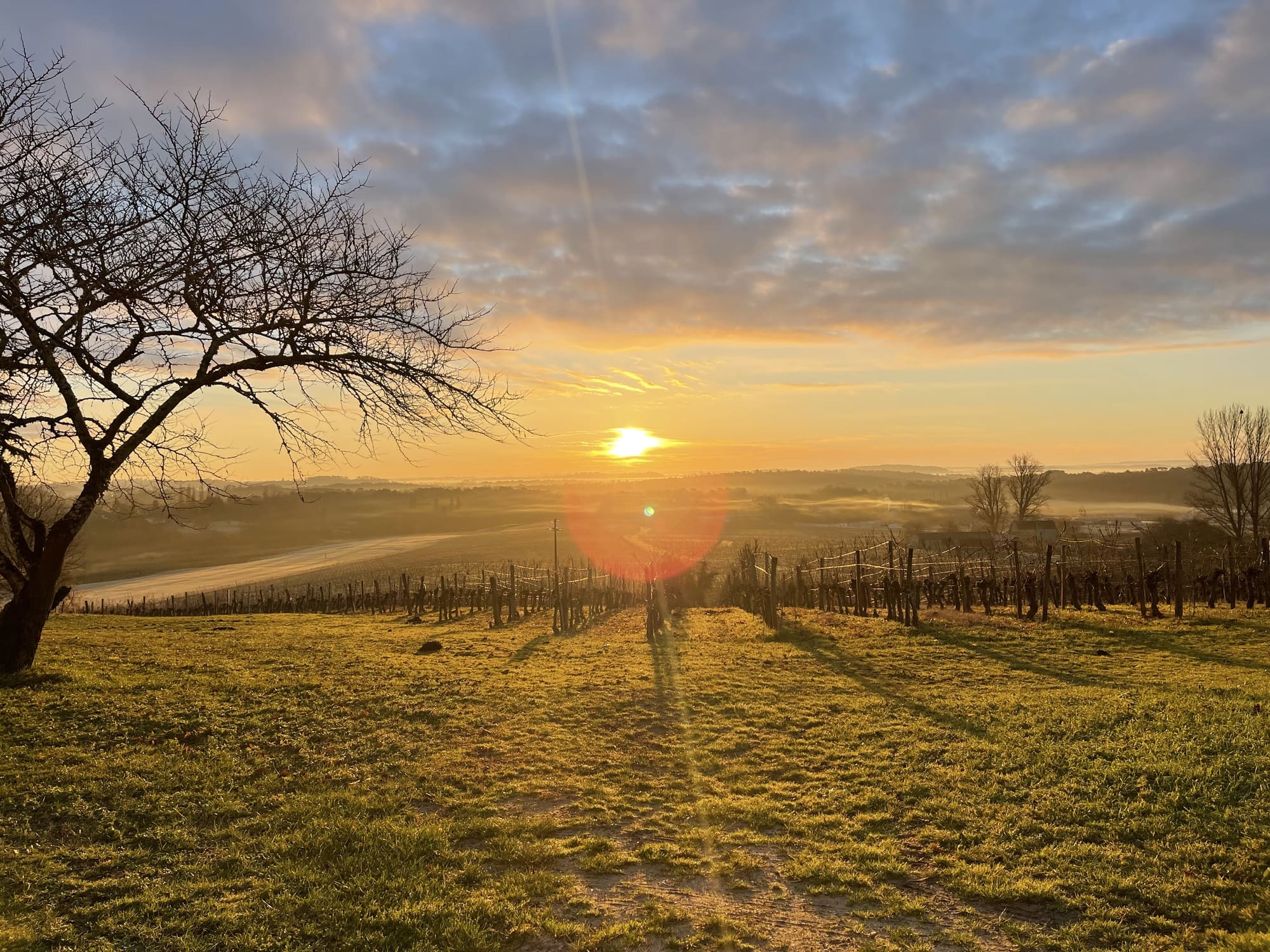
... the village shepherd then takes his flock to graze in the vineyard, both to cut the grass, but also to naturally enrich the soil

The winegrower begins one of the crucial stages of the year: pruning the vines. It will make it possible to define both the next harvest, and partly that of the following year. It's hard work, in the cold and bad weather of winter.
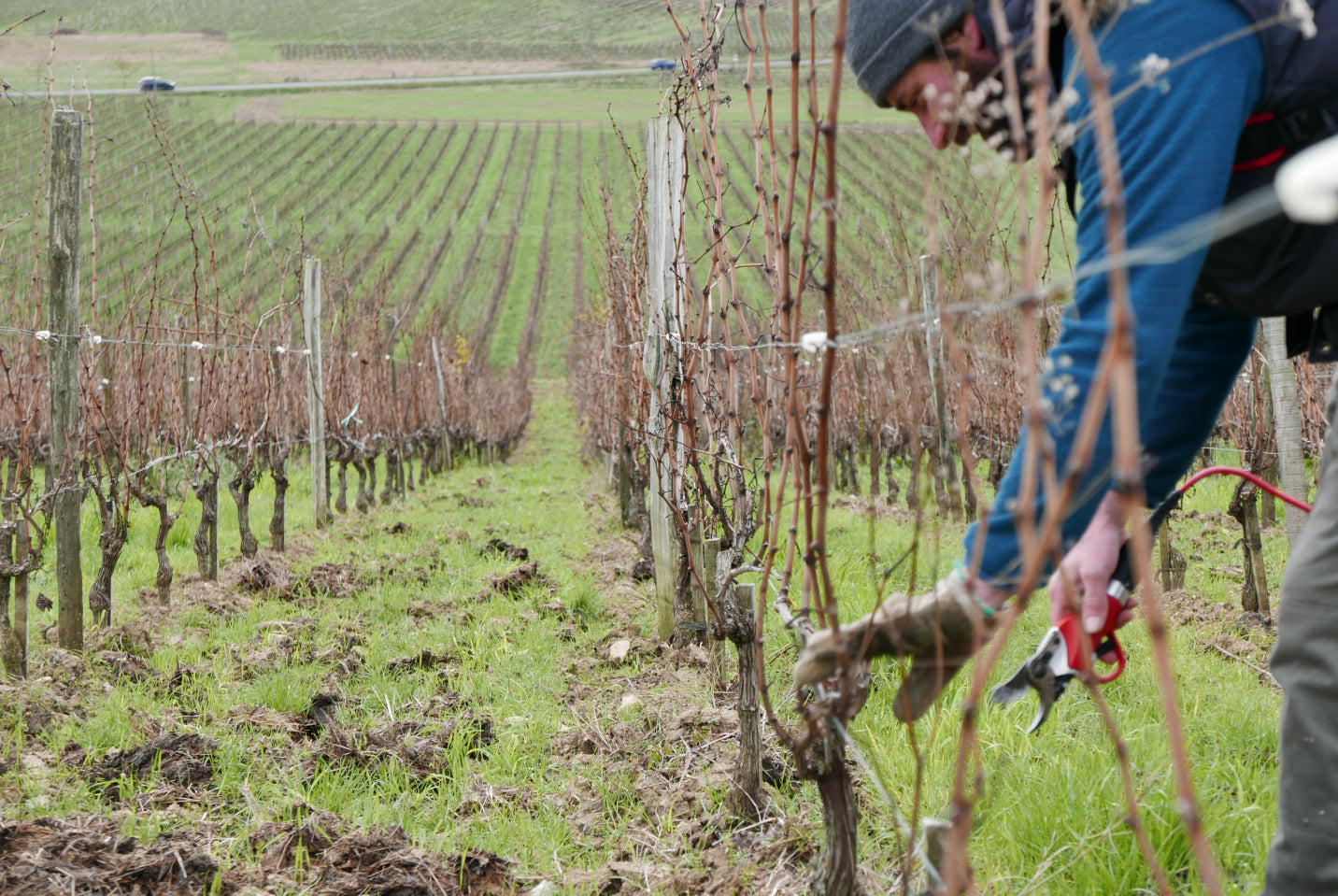
In these photos at the beginning of spring, our vineyard is grassed, just before tillage begins, an essential step for the production of great local wines.
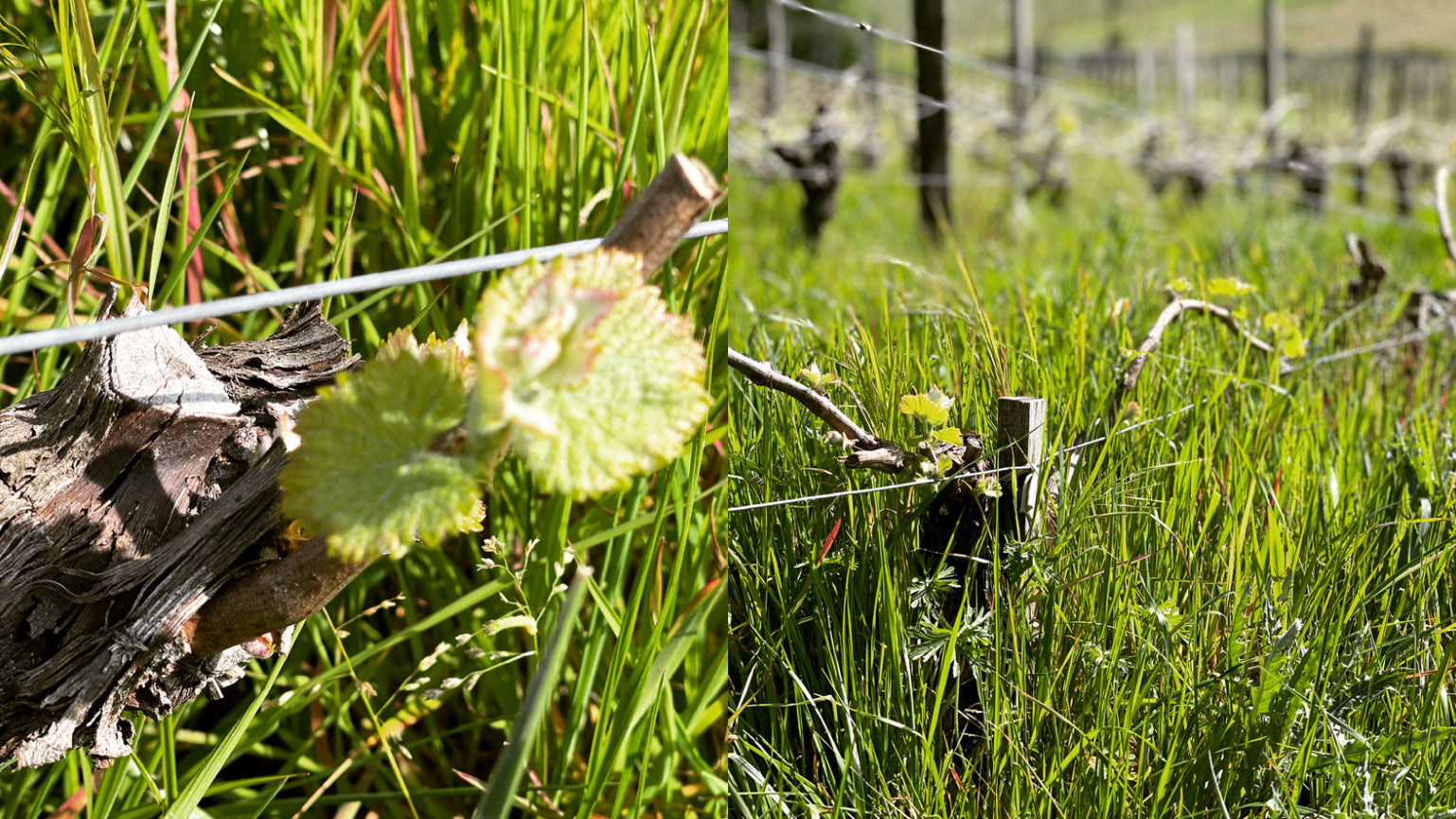
Summer is approaching, Guillaume Brochard, owner of Château Ad Francos, visits the vineyard before the next decisive months for the new harvest.

The medieval fortress of
Château Ad Francos, which overlooks the “ocean of vines”,
view from the north facade.

Michel Rolland, one of the great Bordeaux oenologists, here "at home", during a "vertical tasting" of the latest vintages of Ad Francos.
His father was born in this castle, his grandfather and before him his ancestors made wine there, we might as well tell you that it is a family story and traditions that continue "Ad Vitam, Ad Aeternam" at Château Ad Francos.
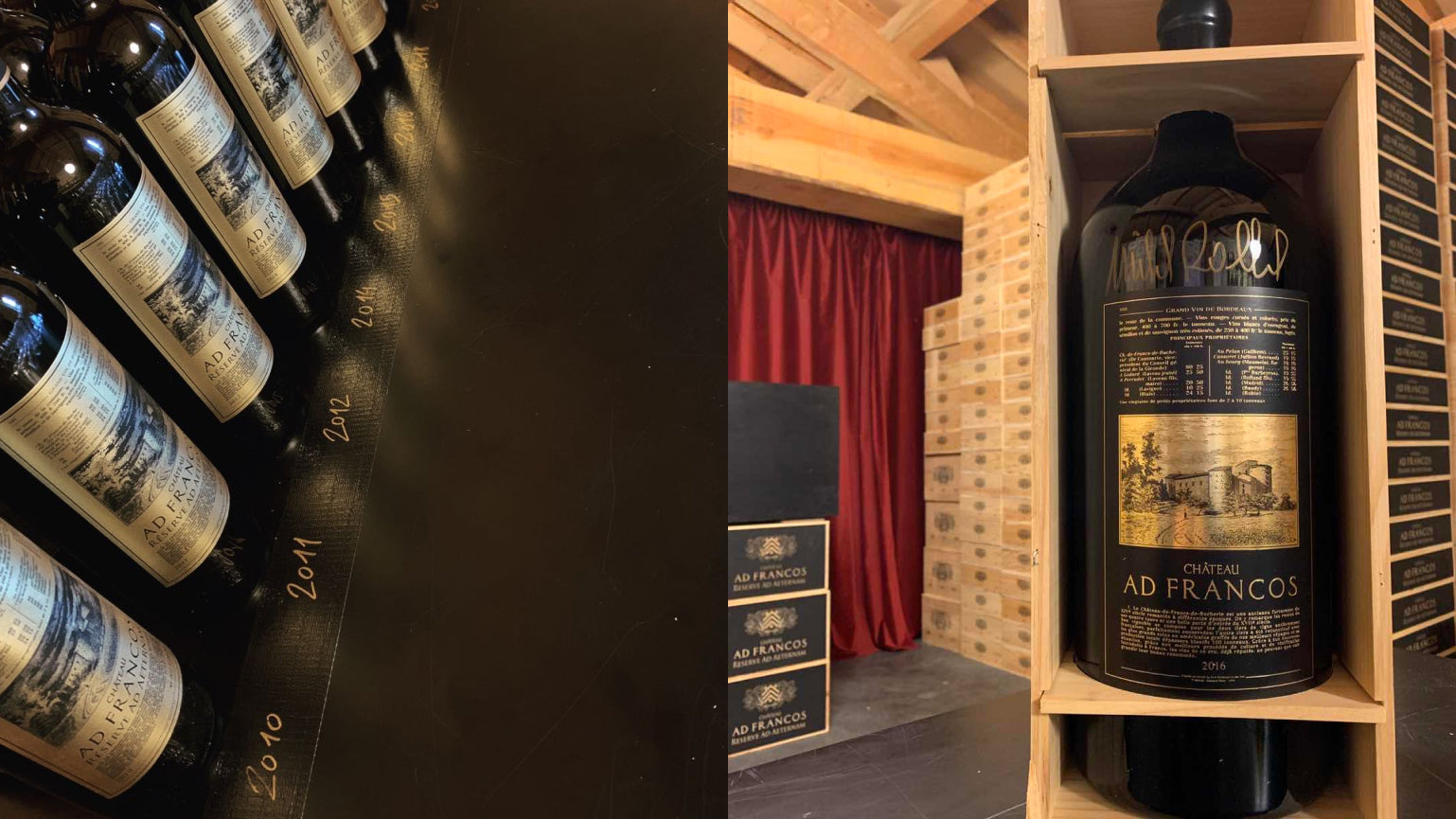
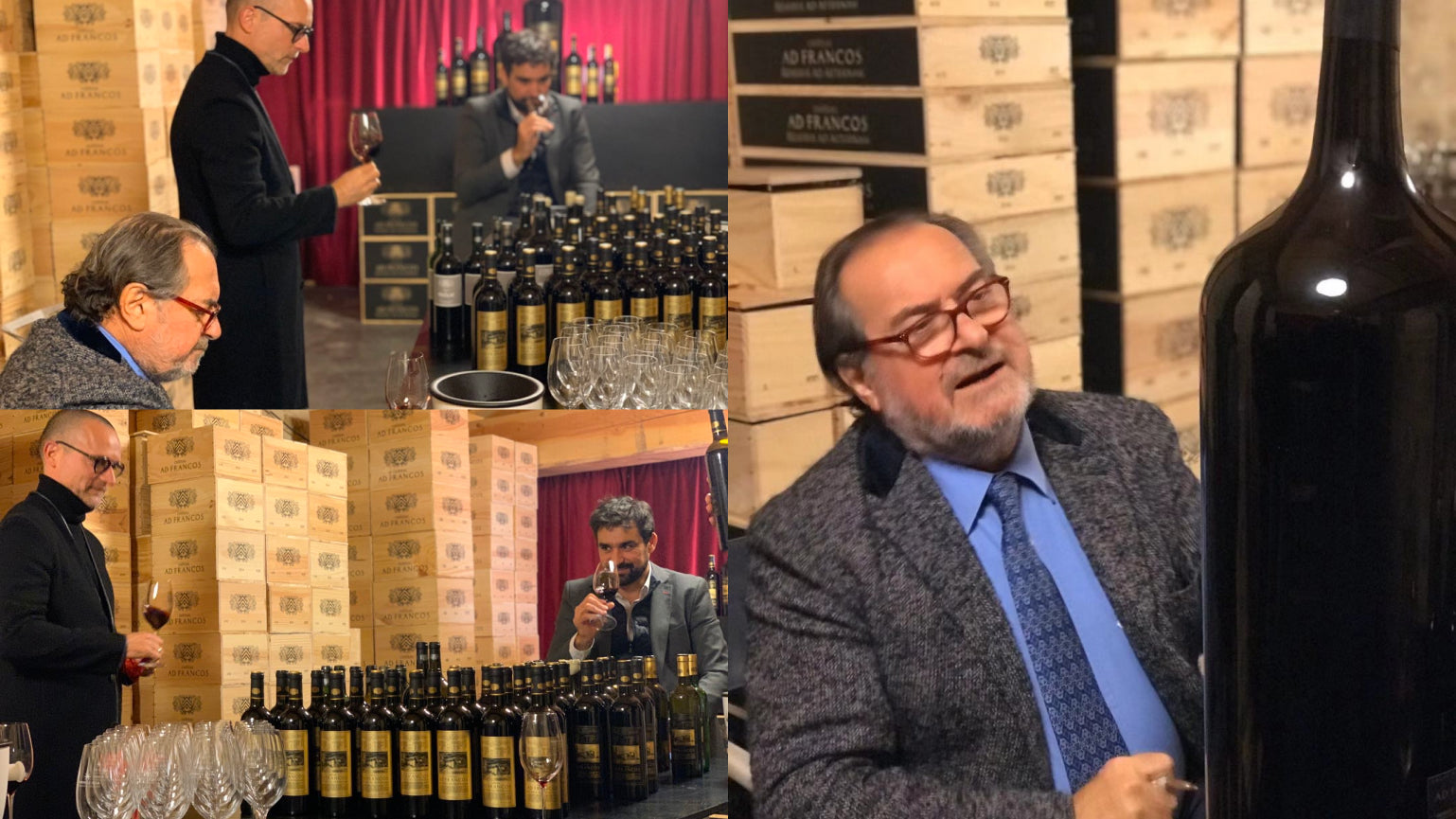
After hard work, there always comes time for sharing, meeting people,
tastings and trips.
Everything that makes wine above all an art of living, which Ad Francos never ceases to celebrate, season after season, centuries after centuries.
Outside of Time and Norms.
